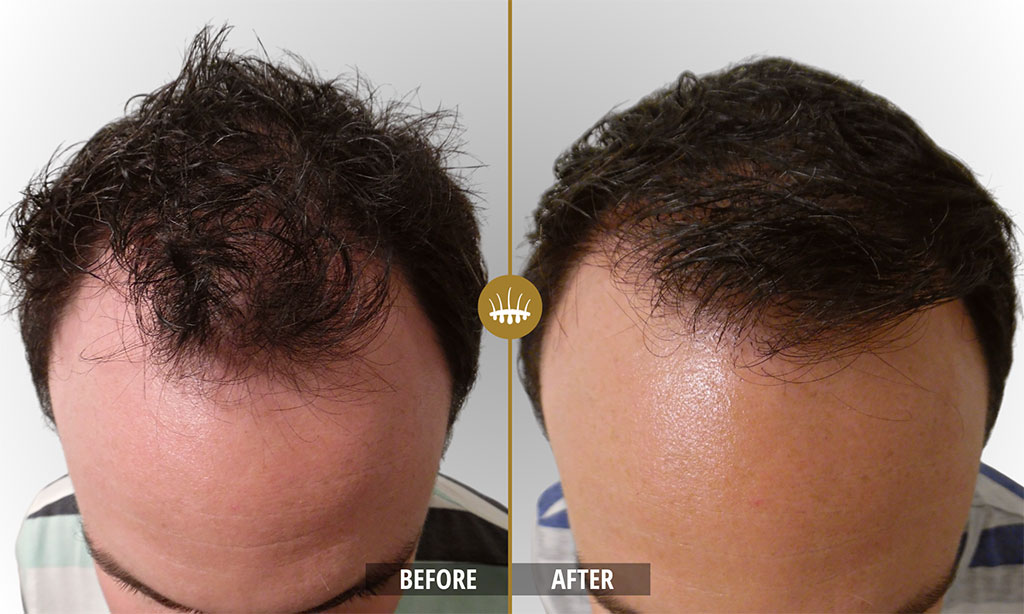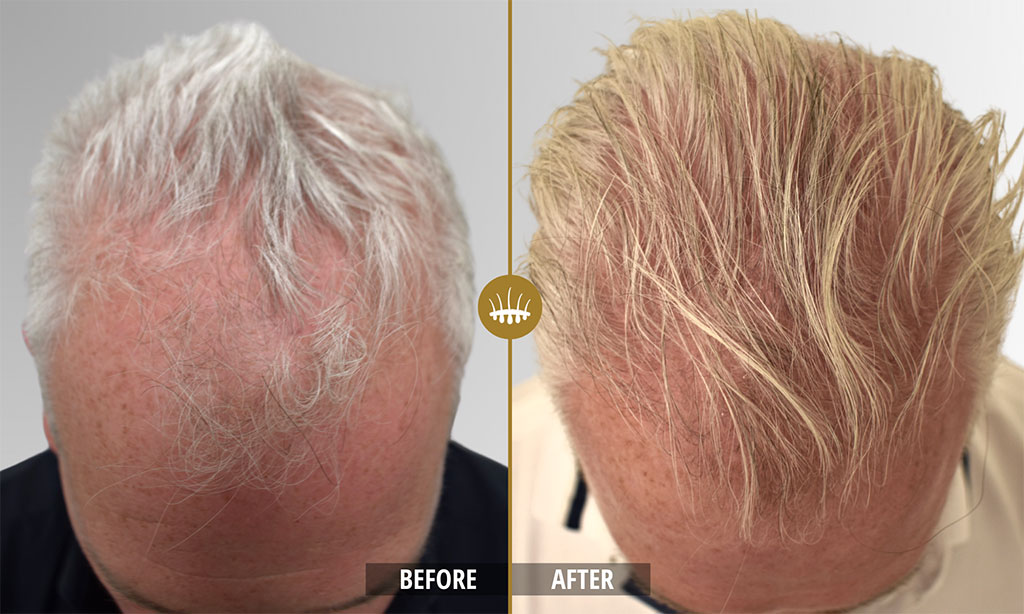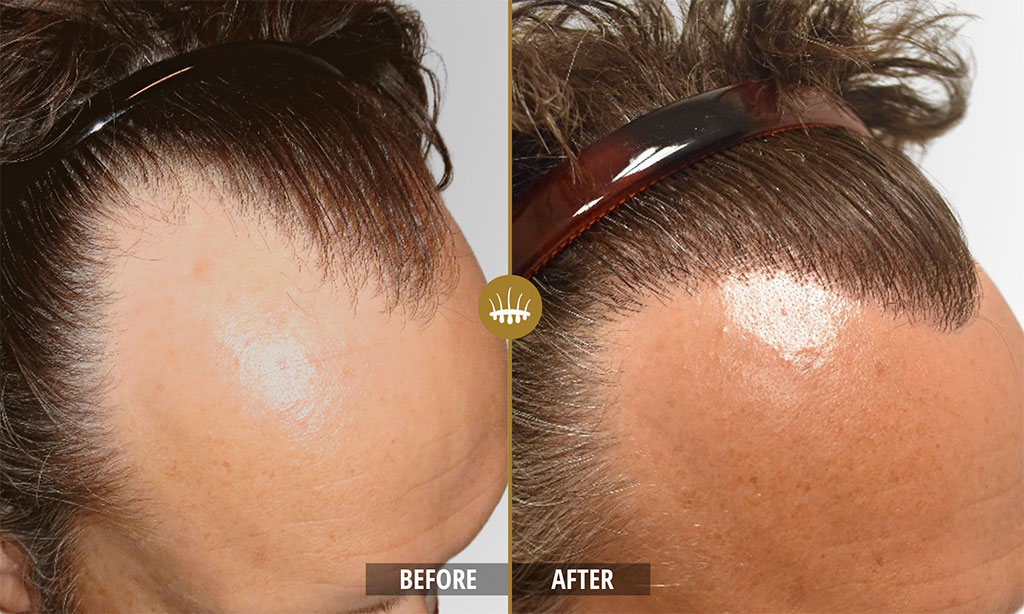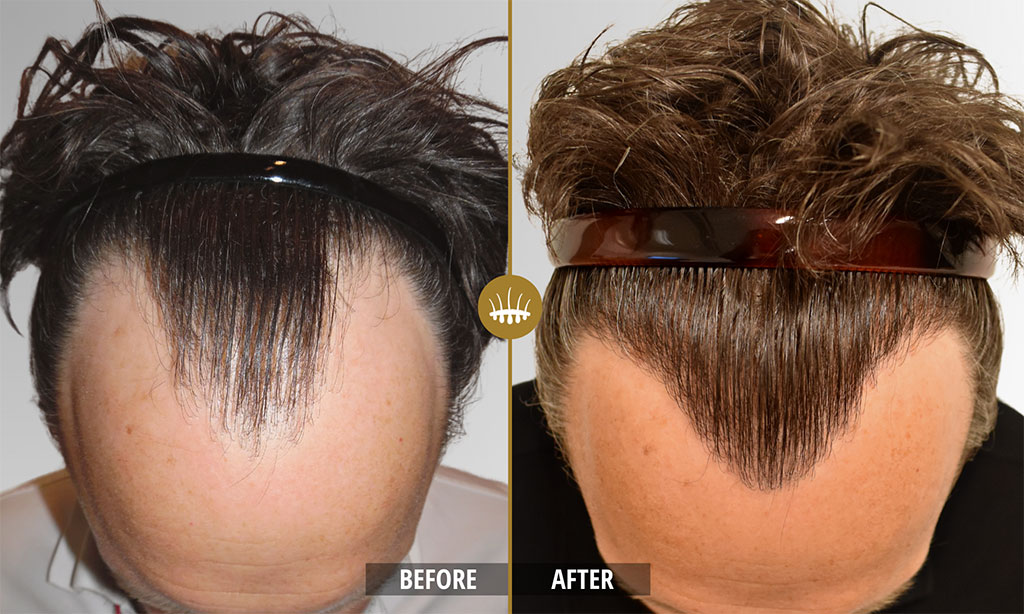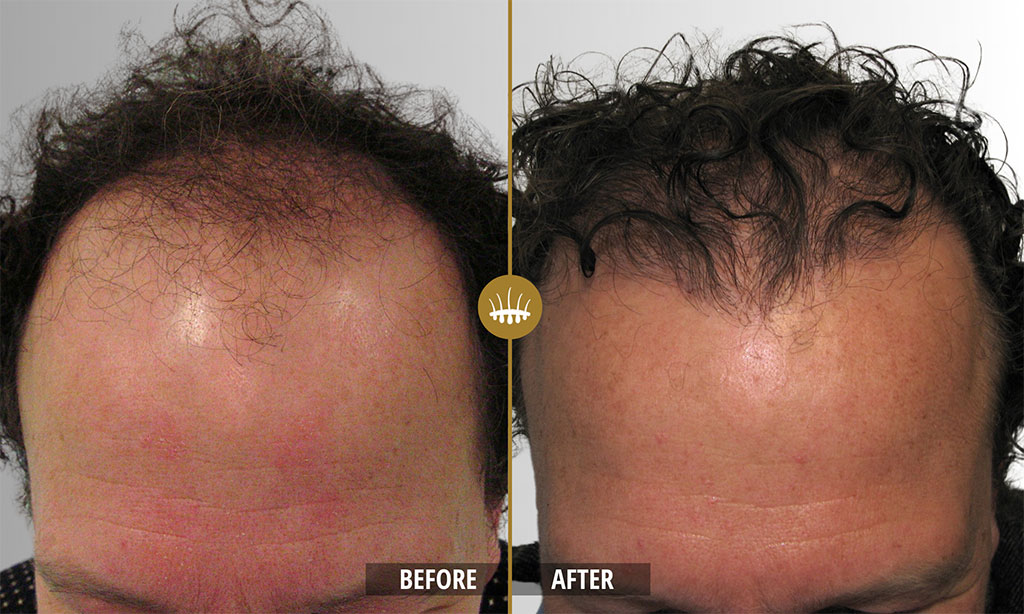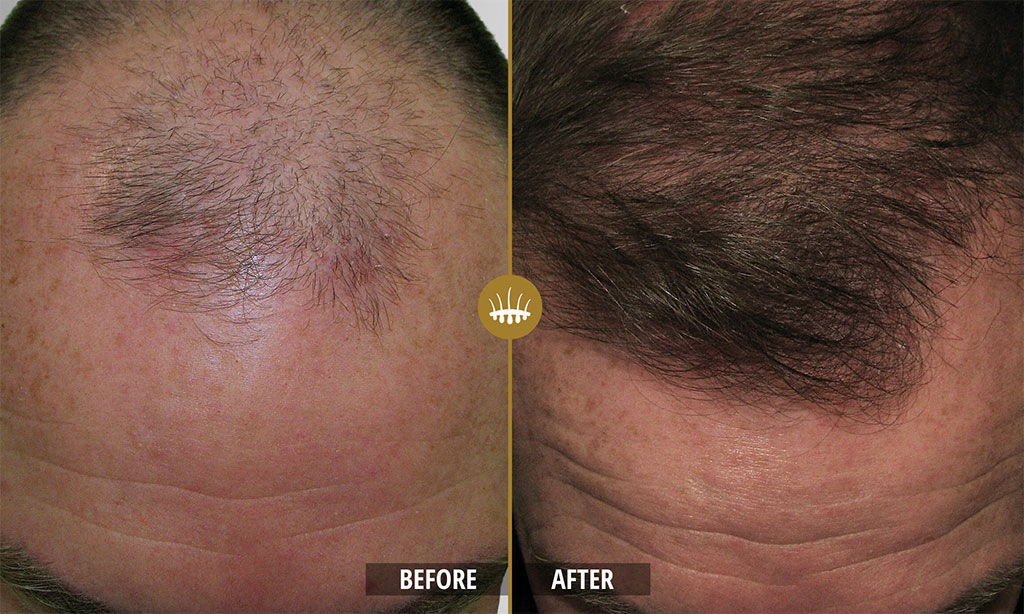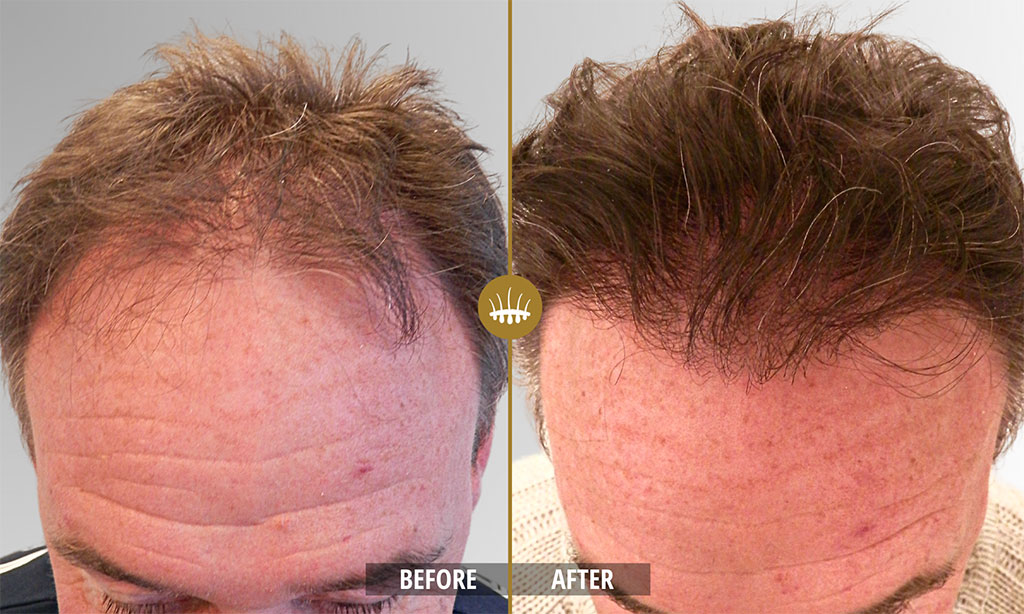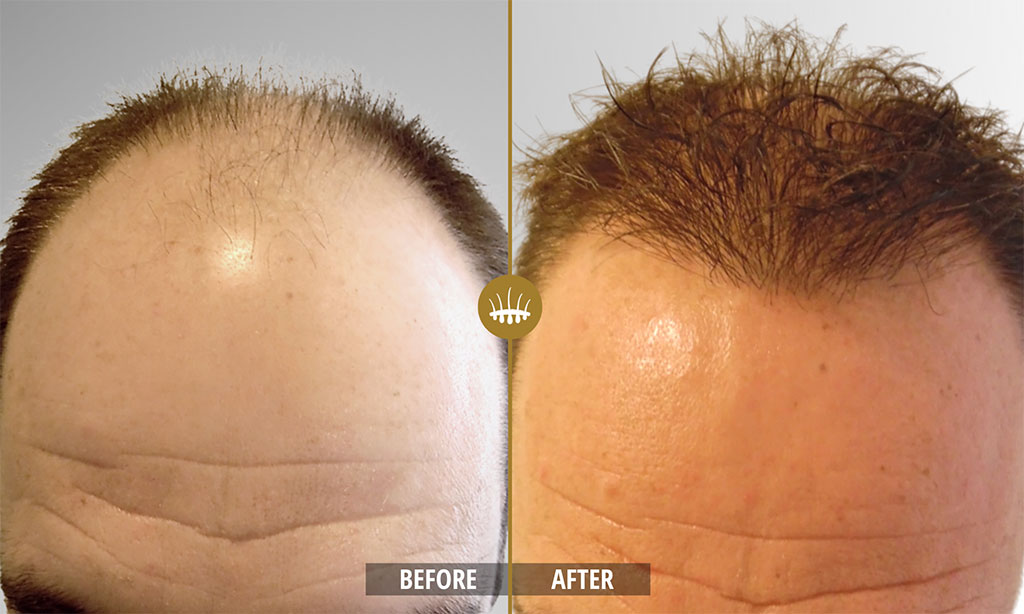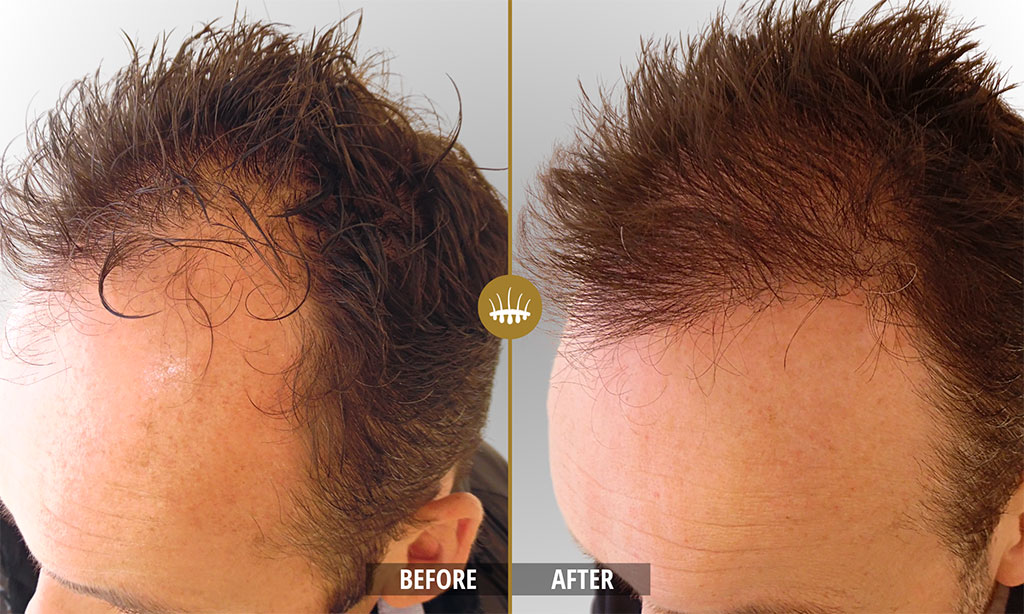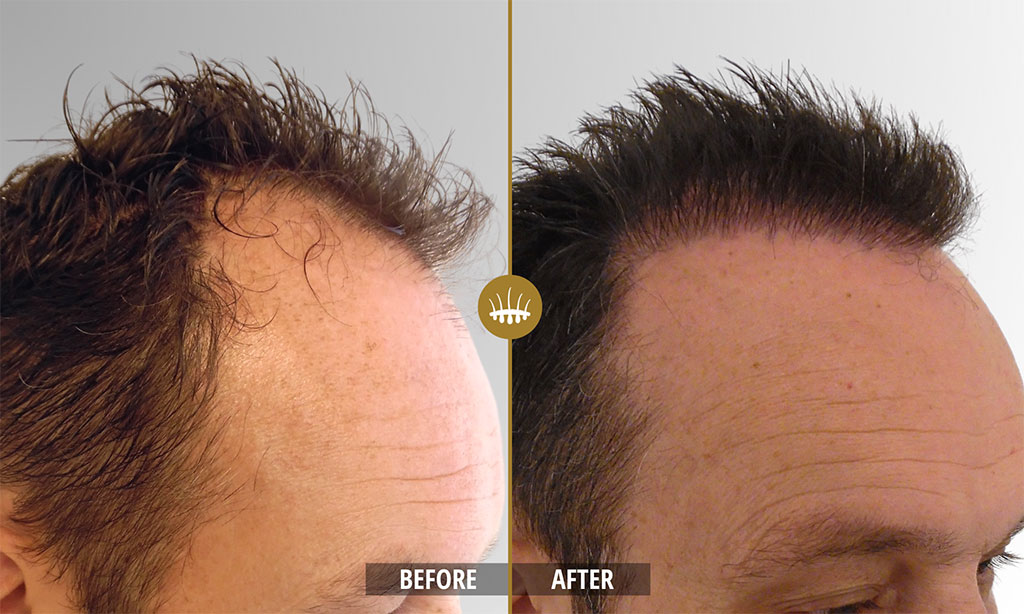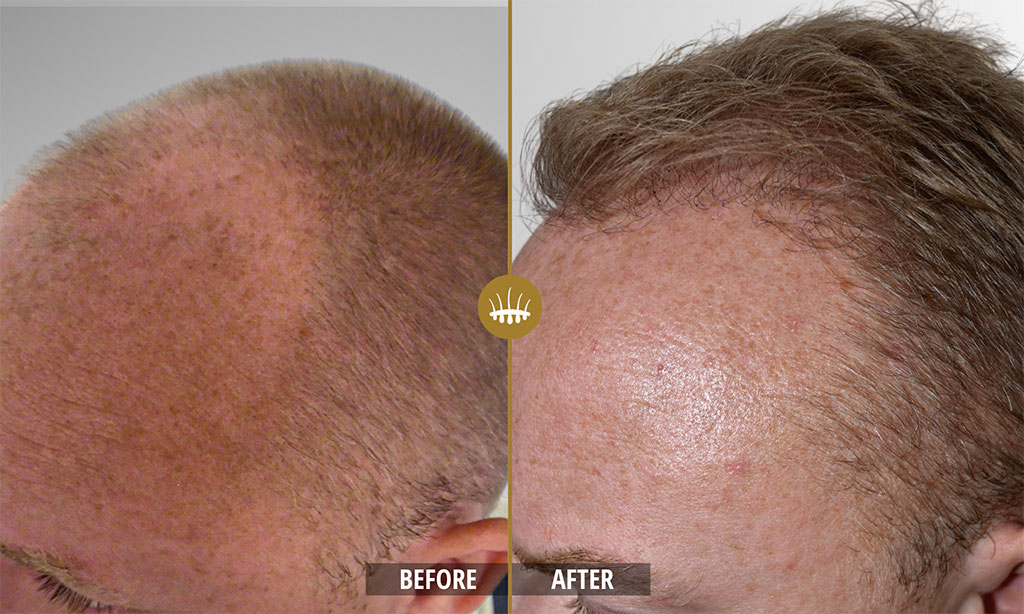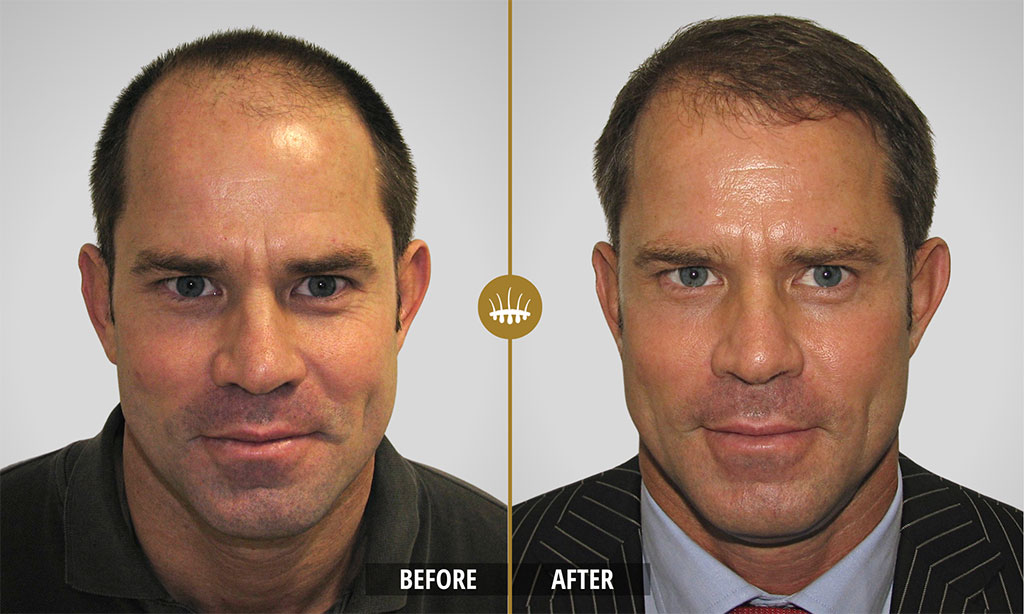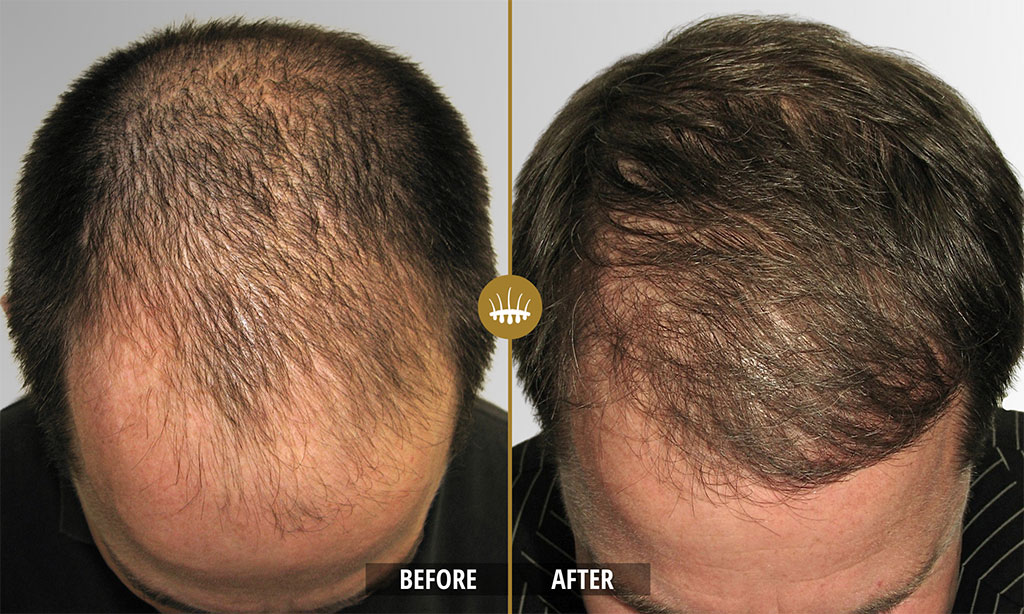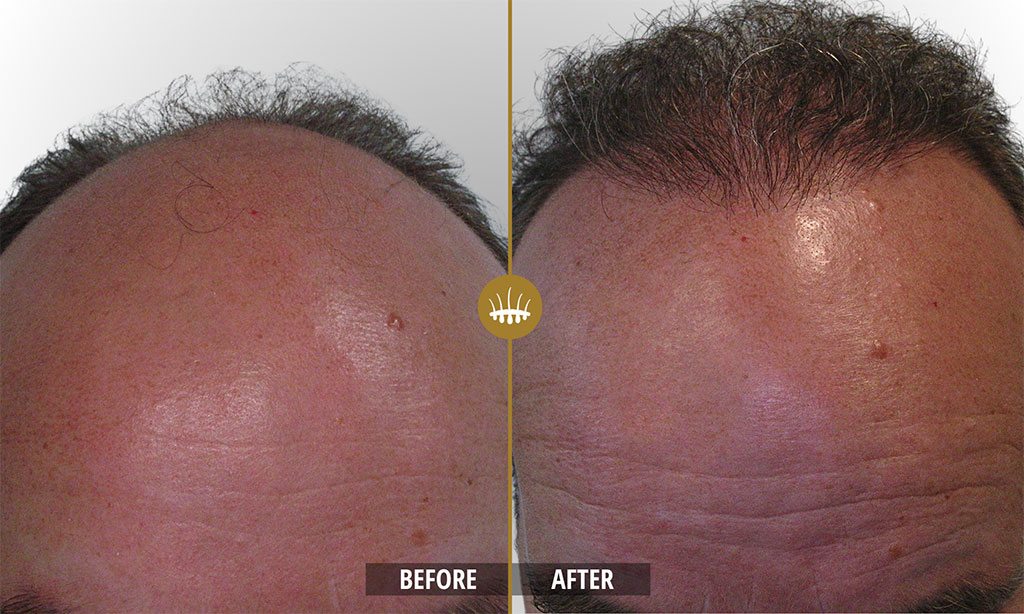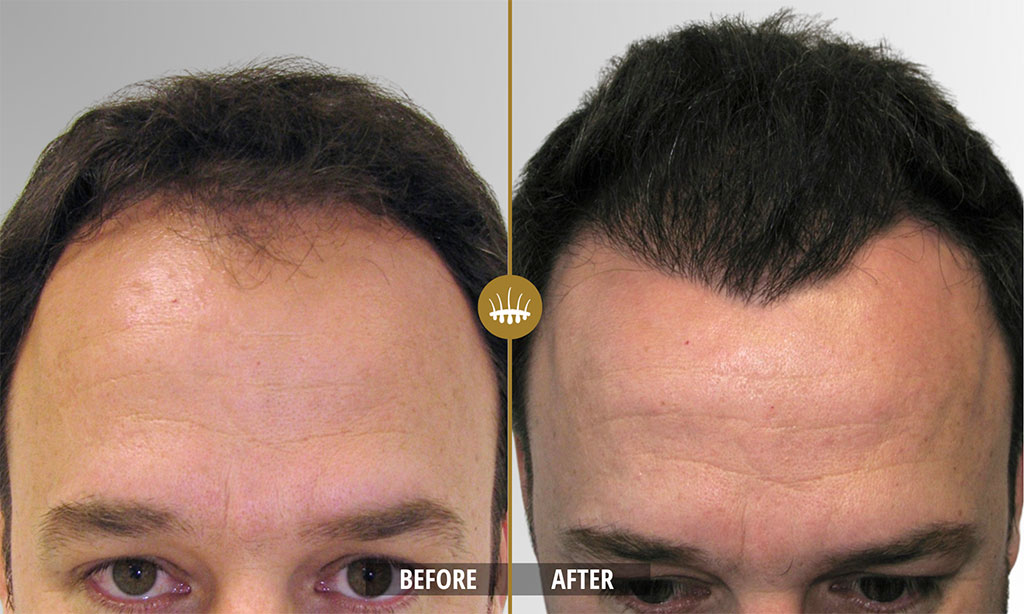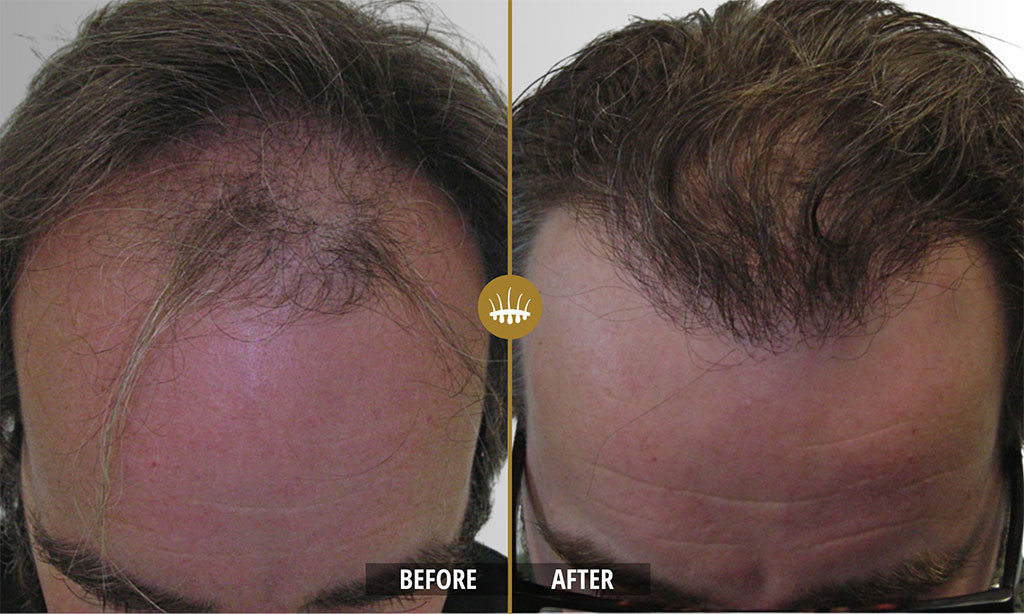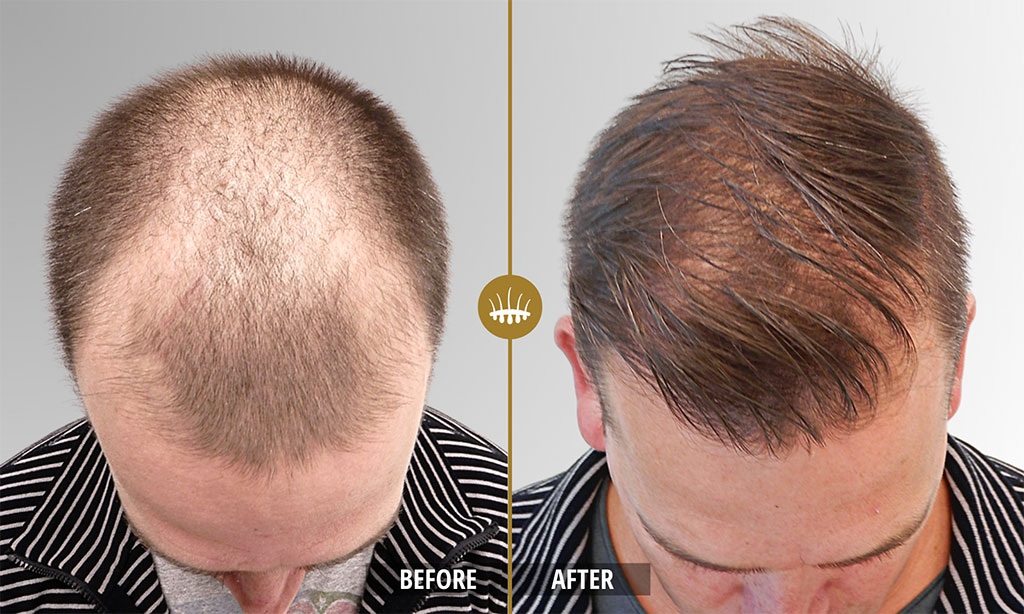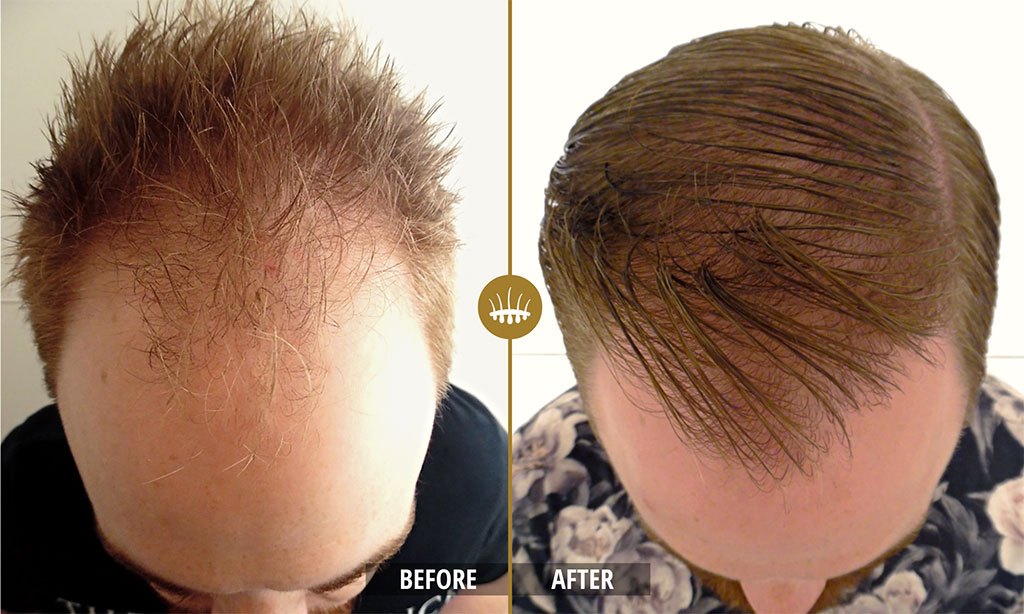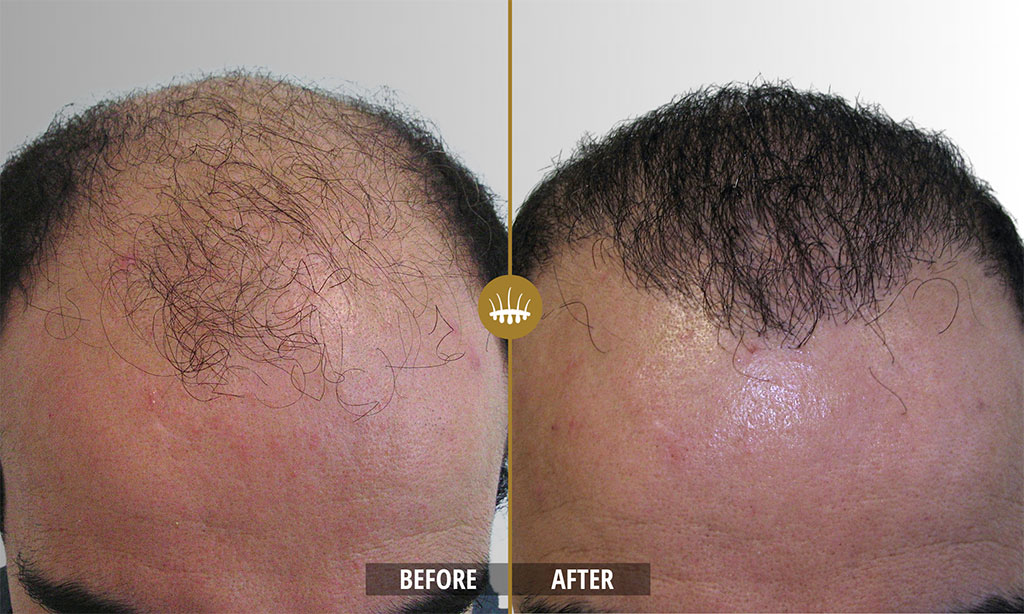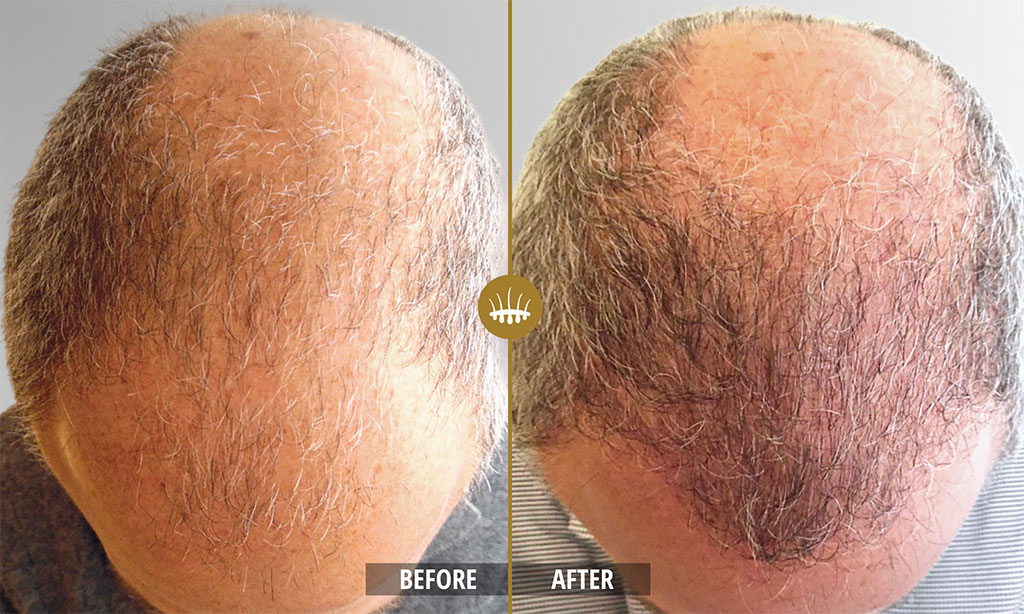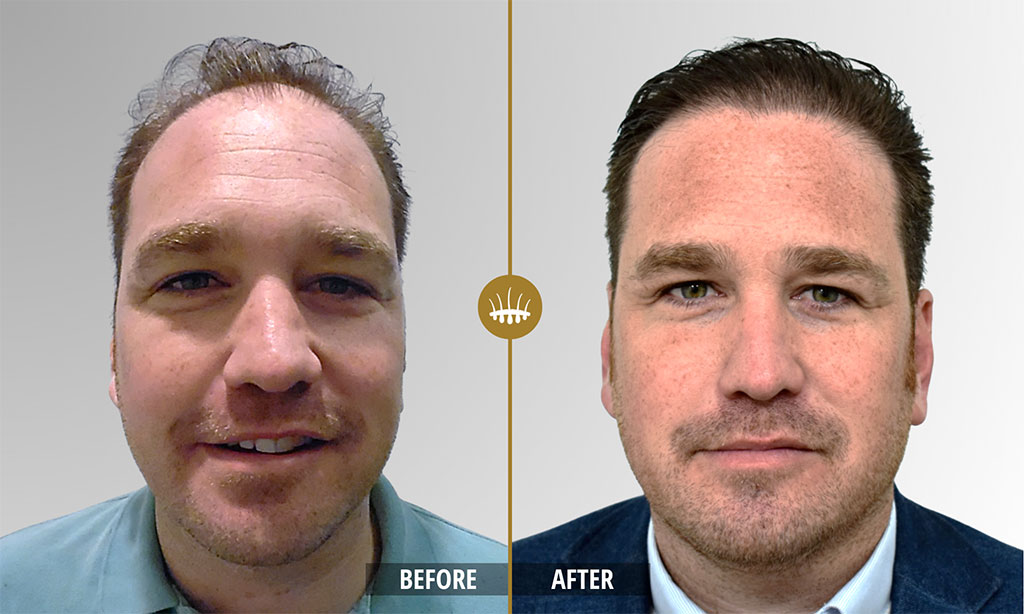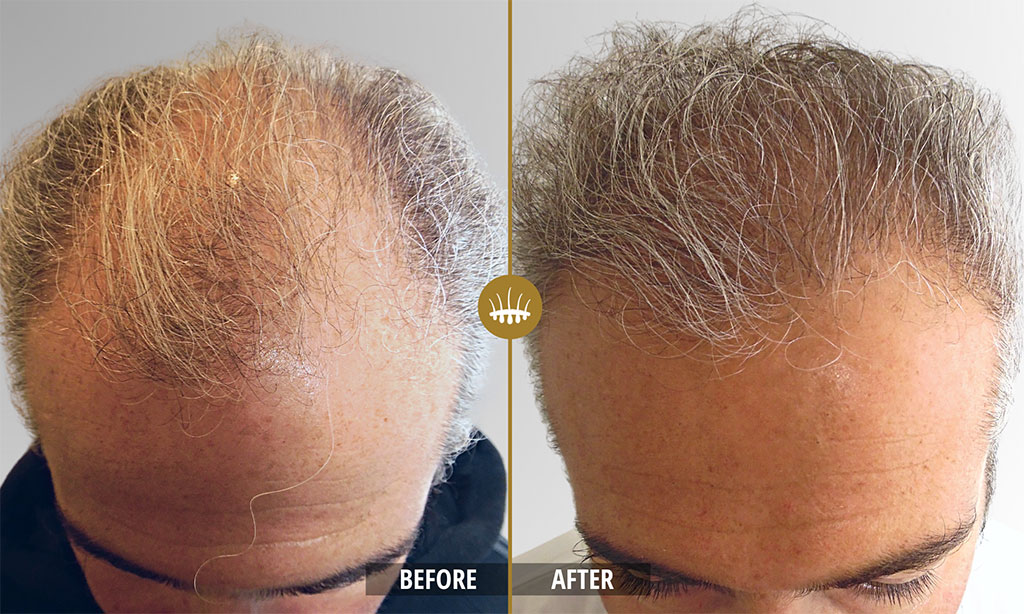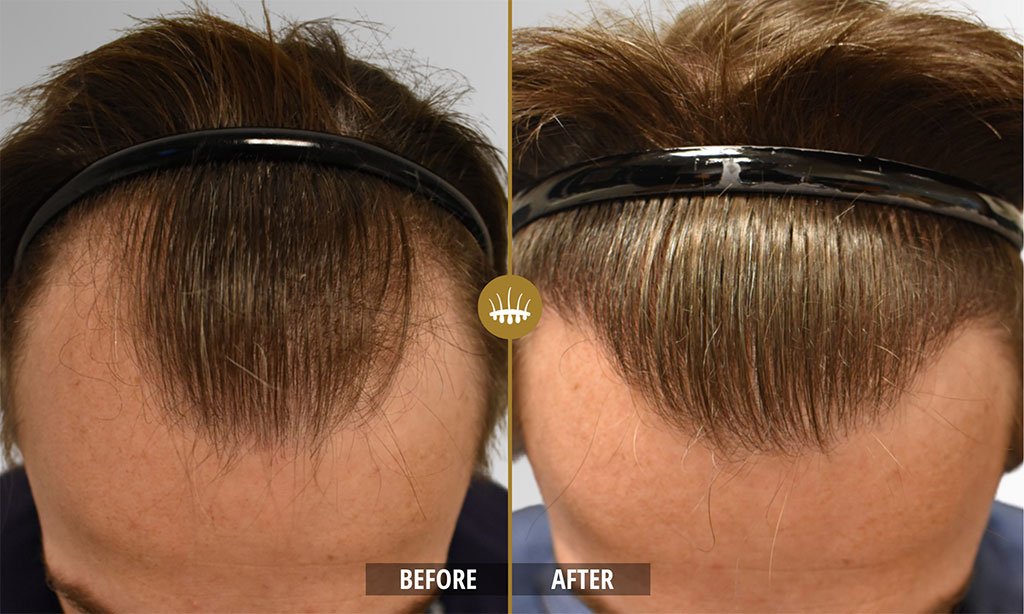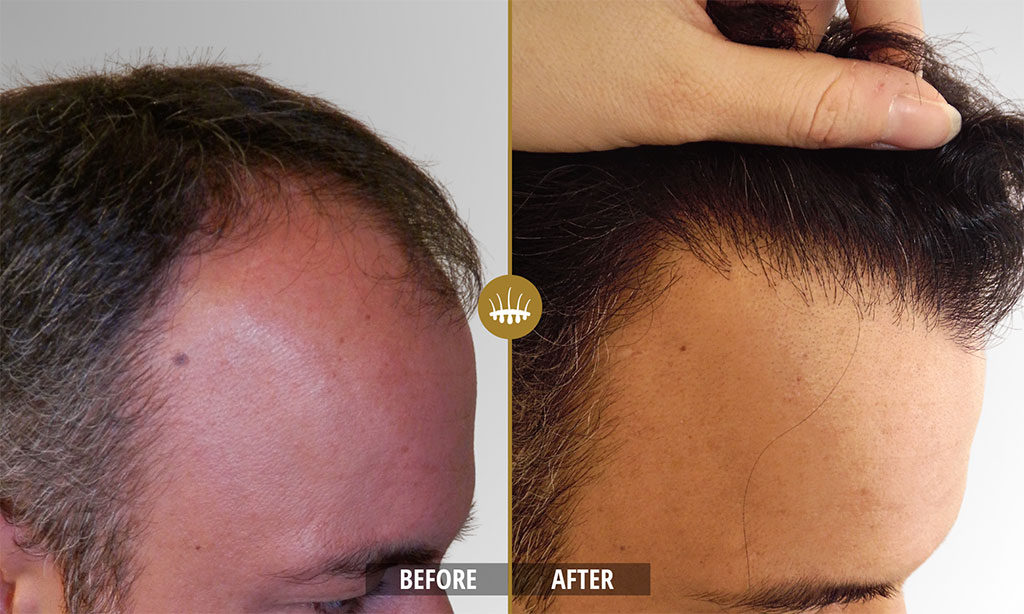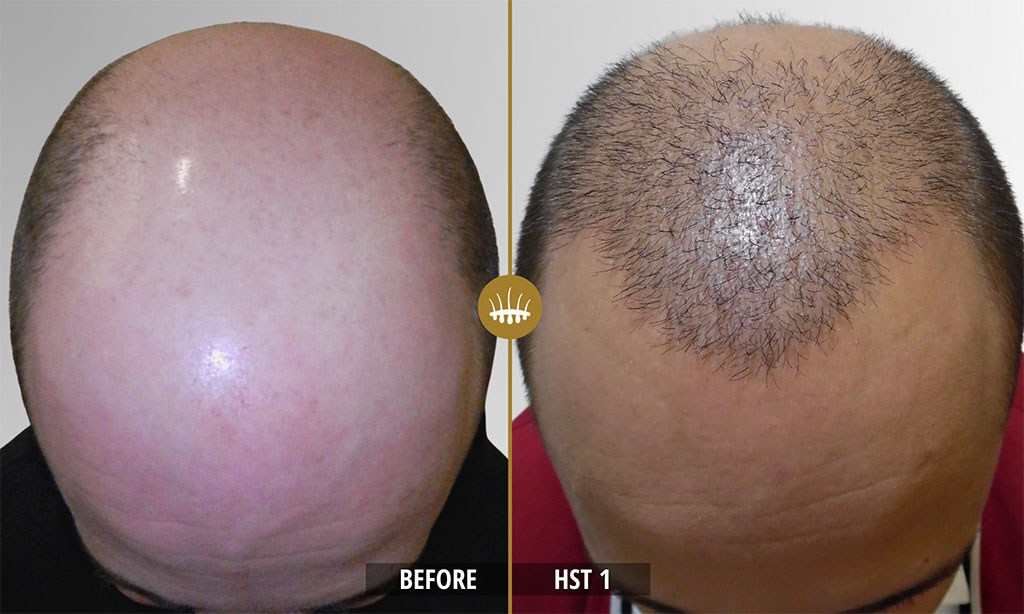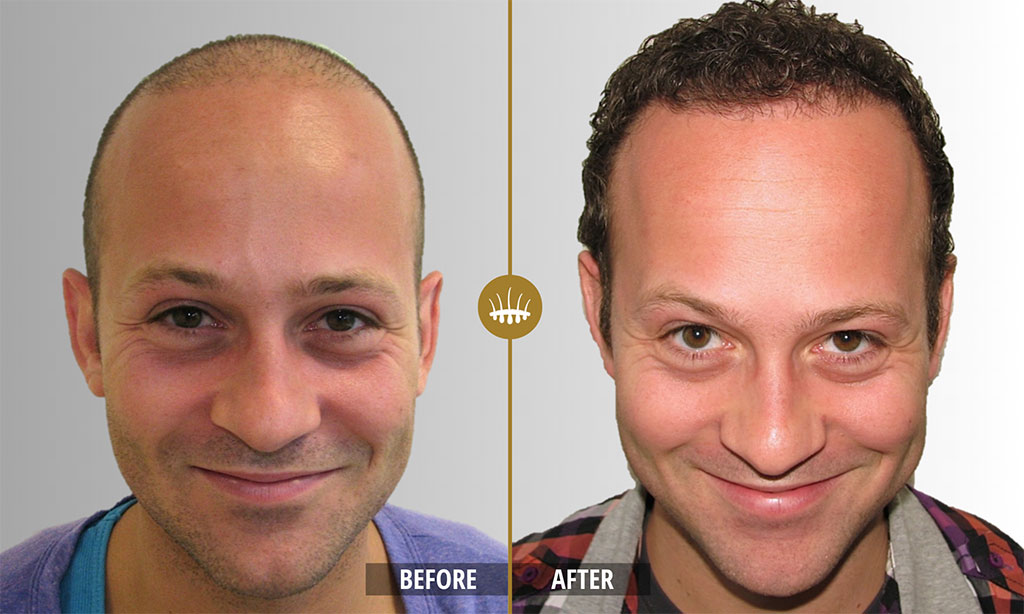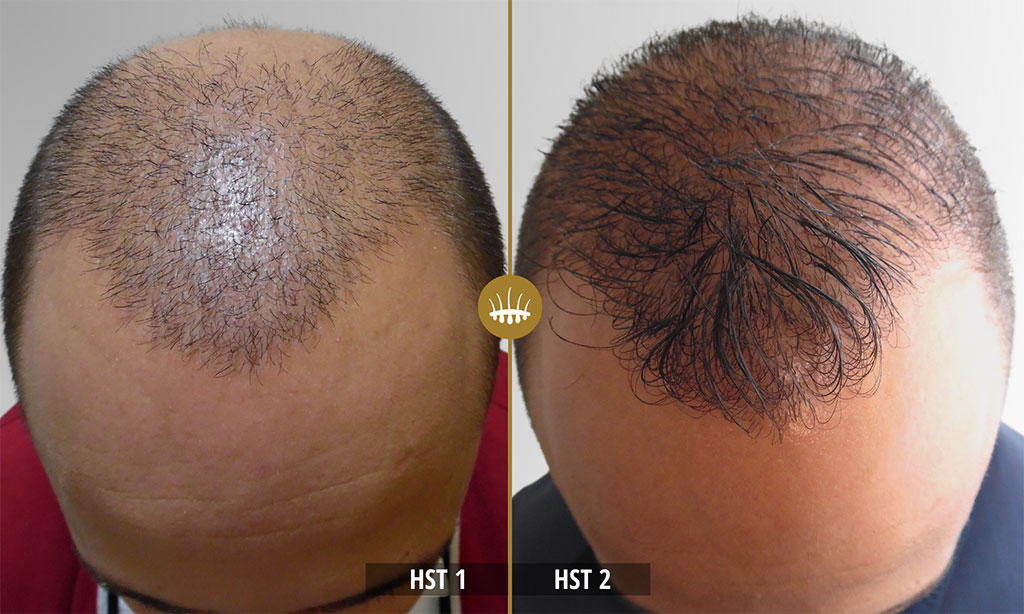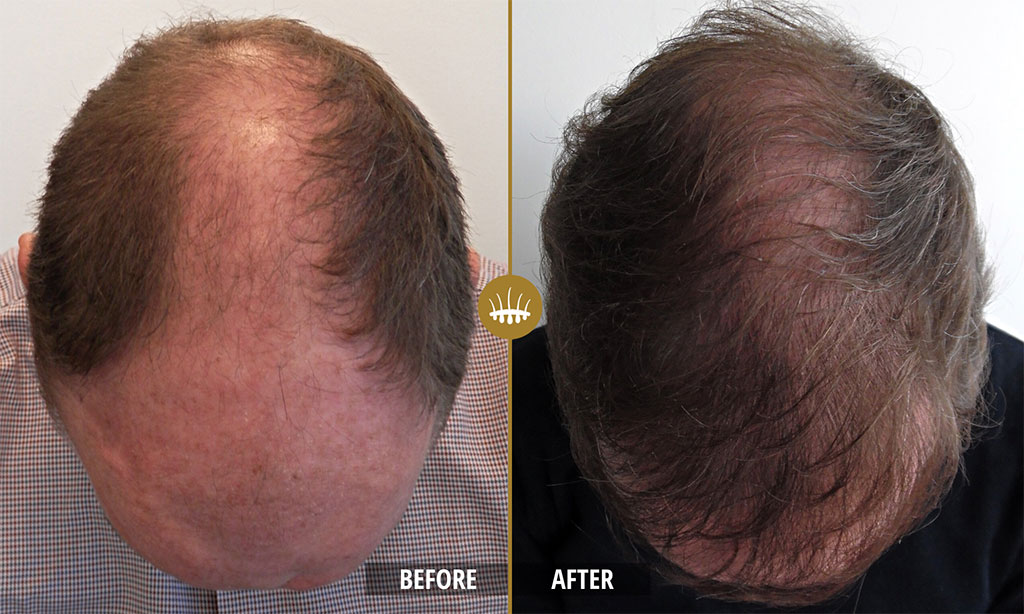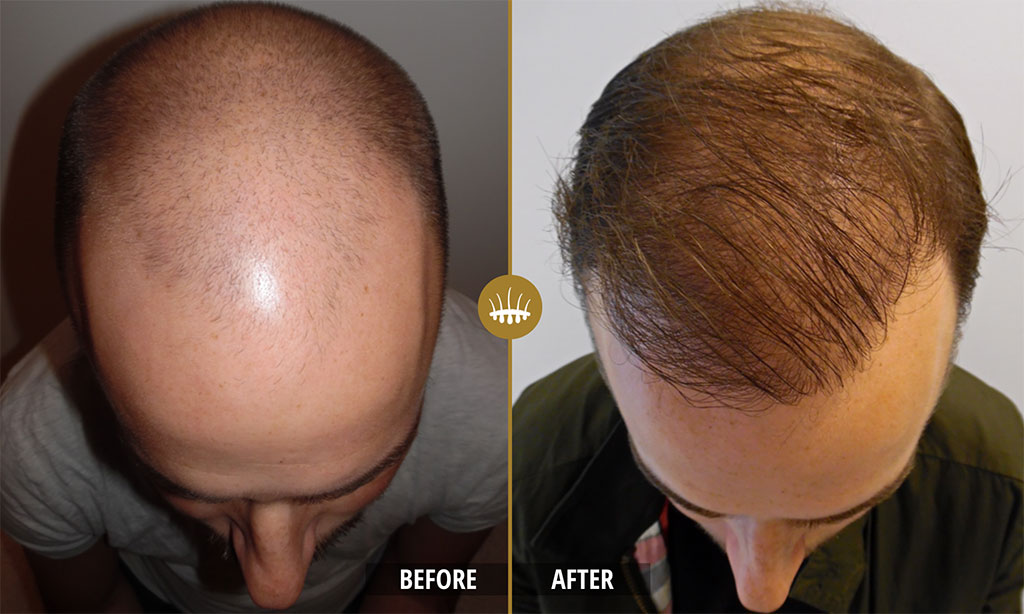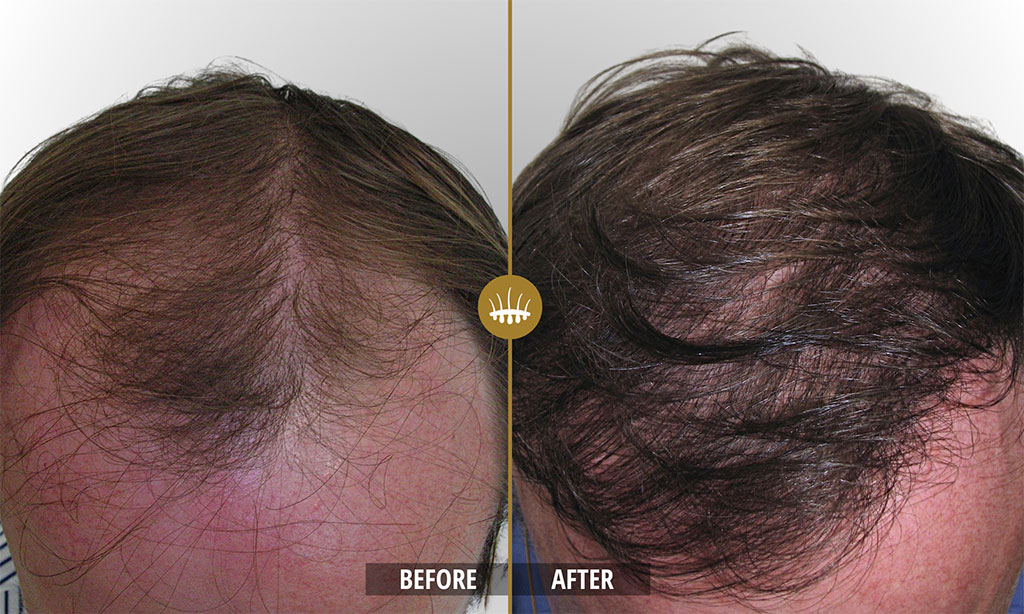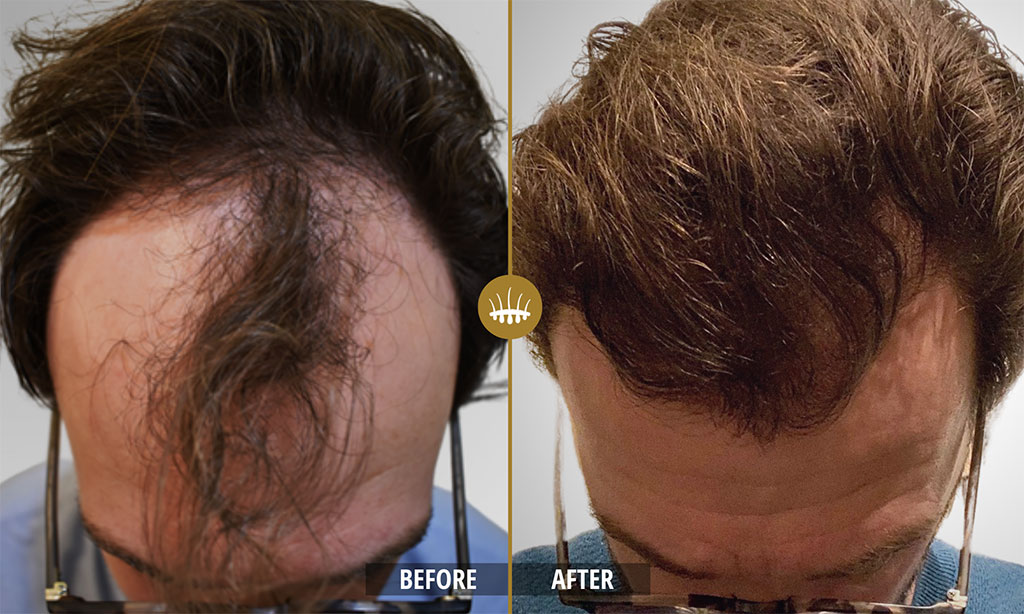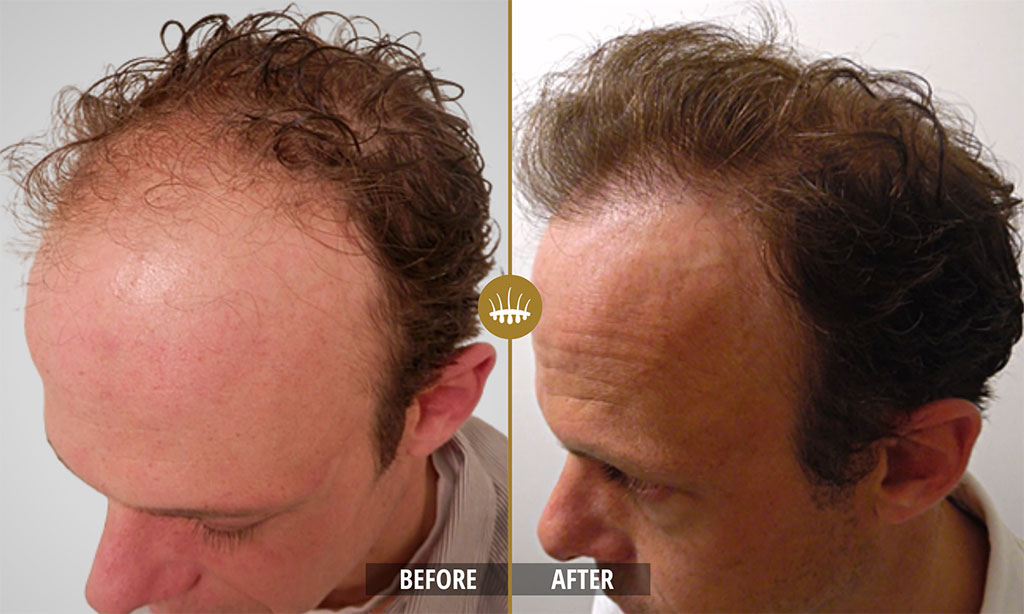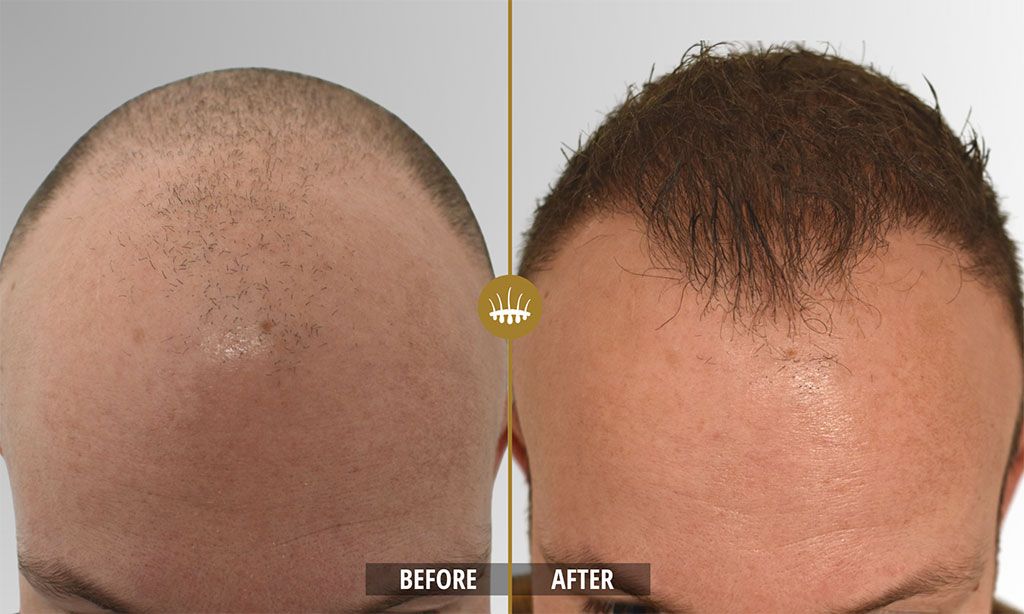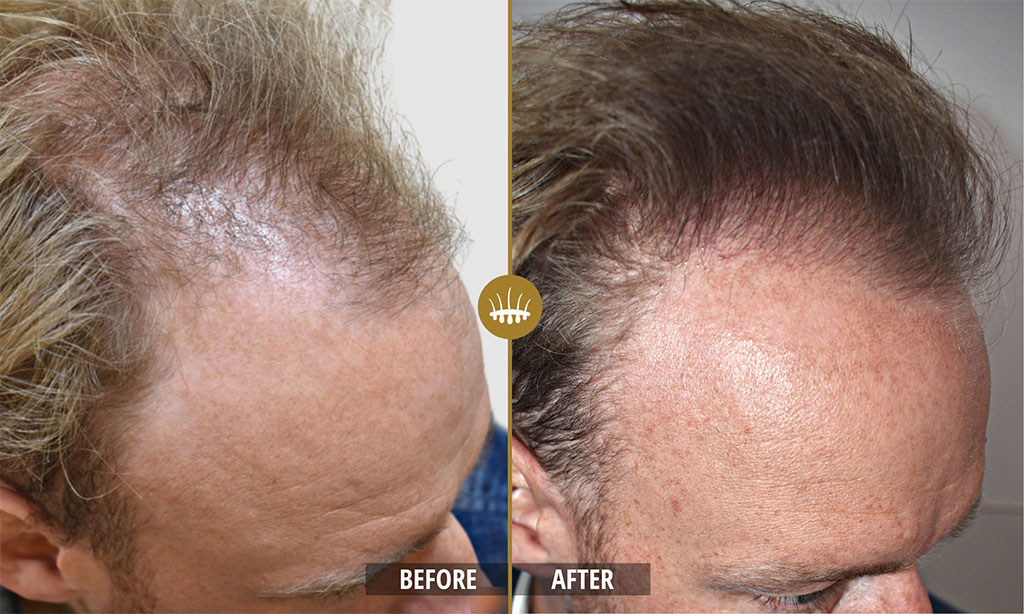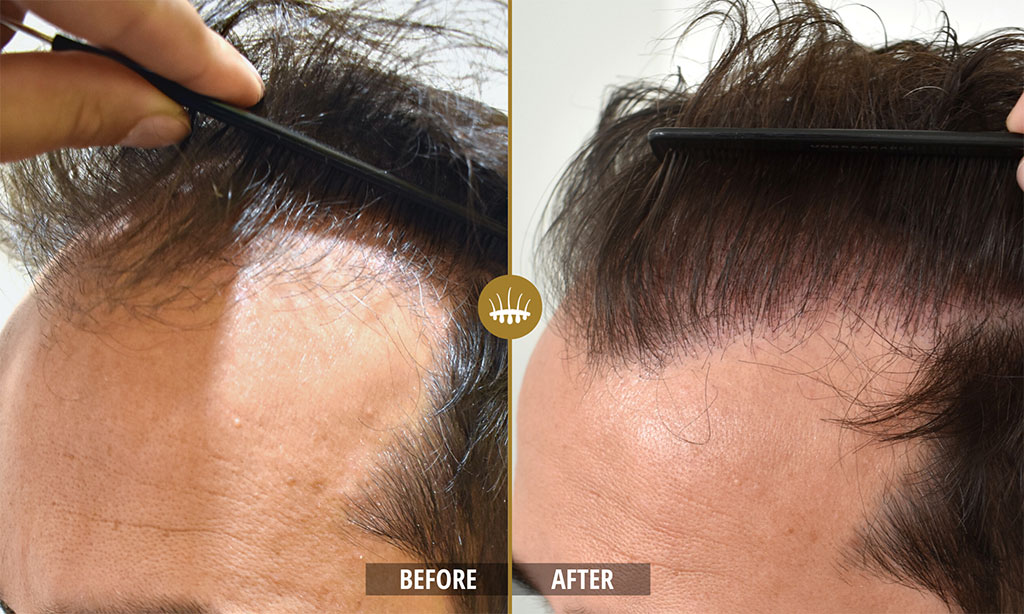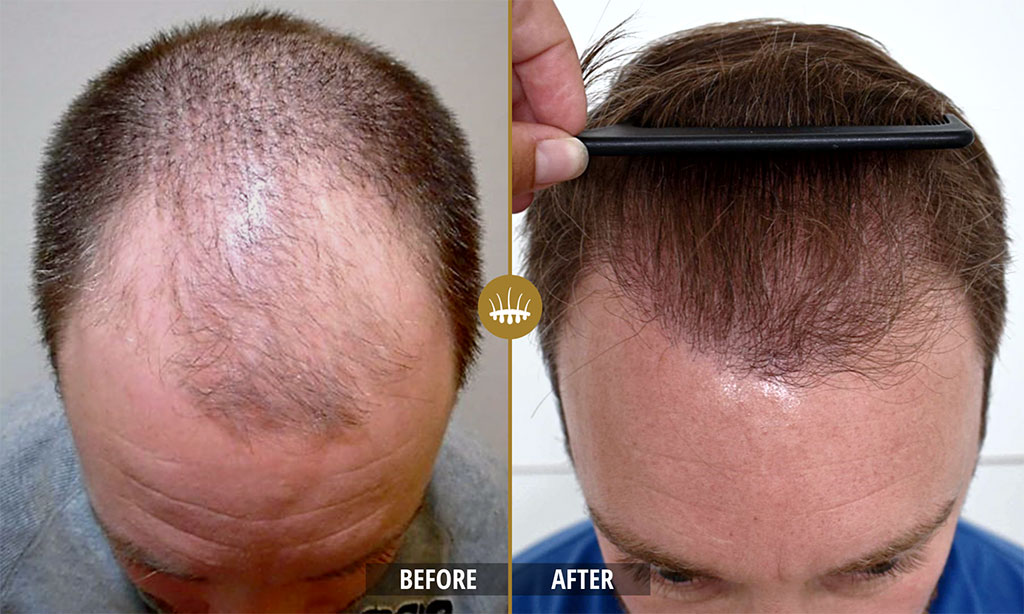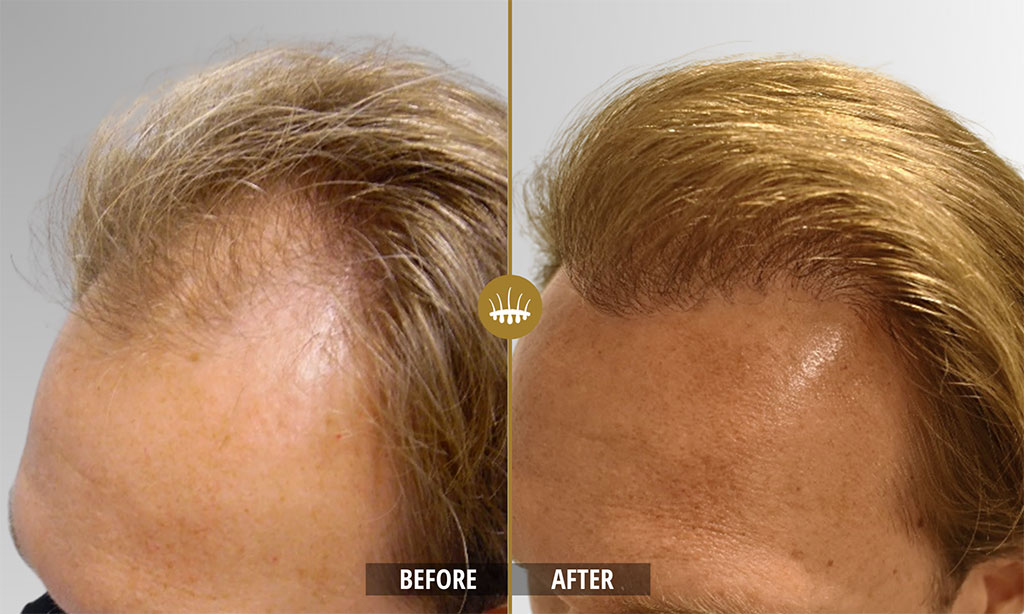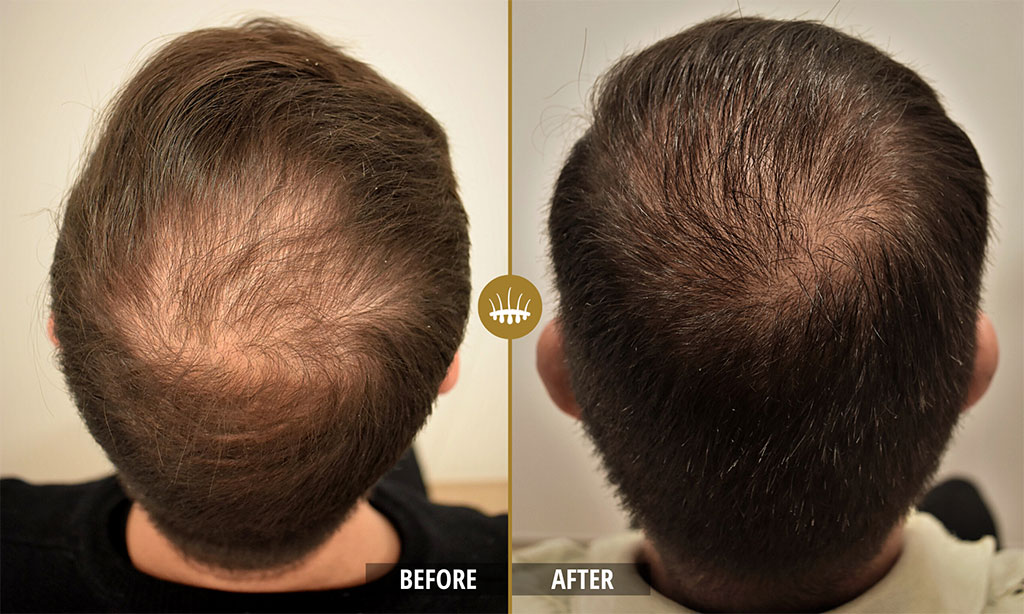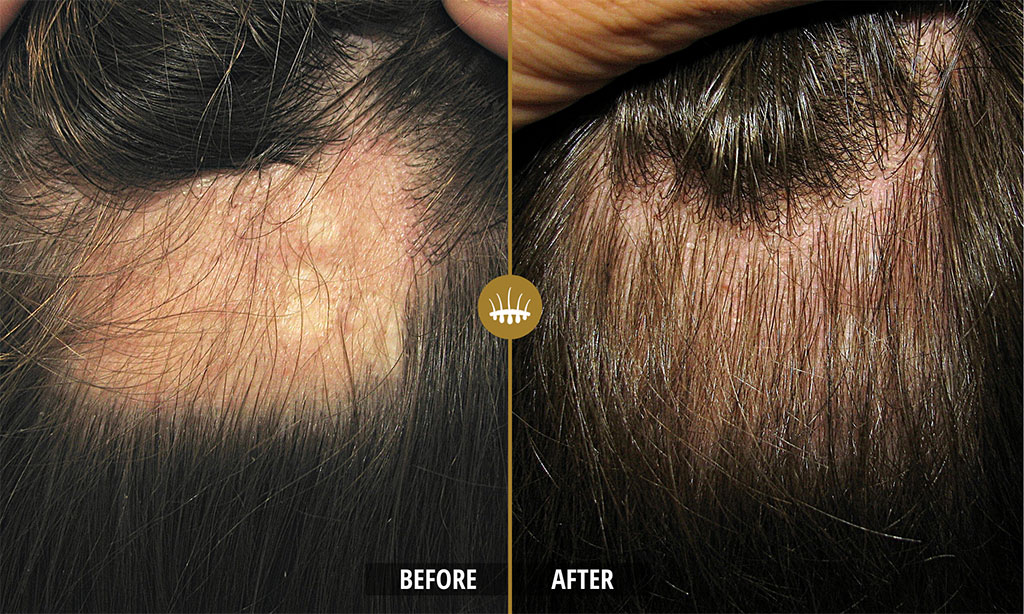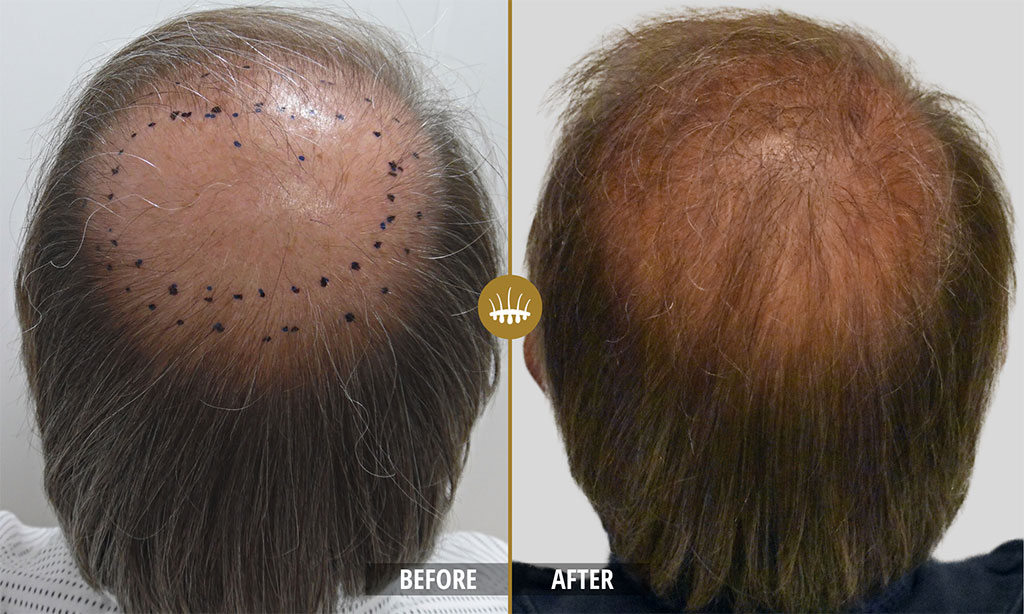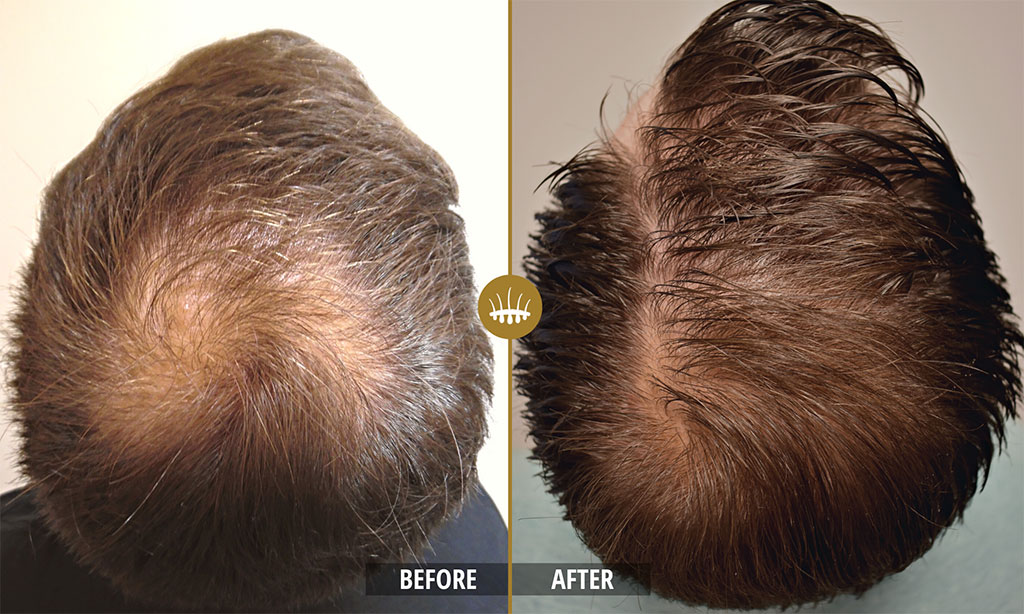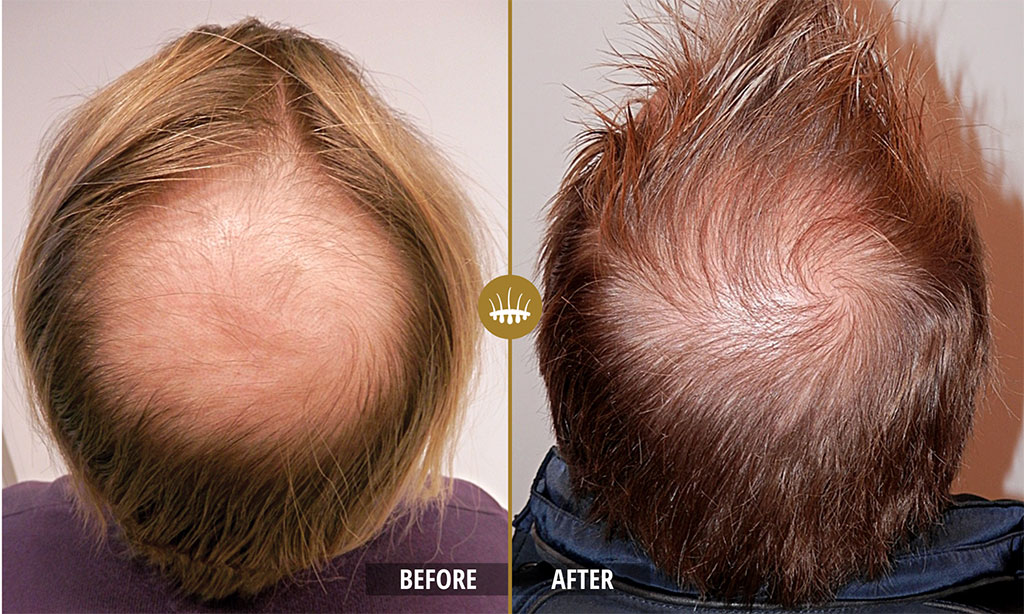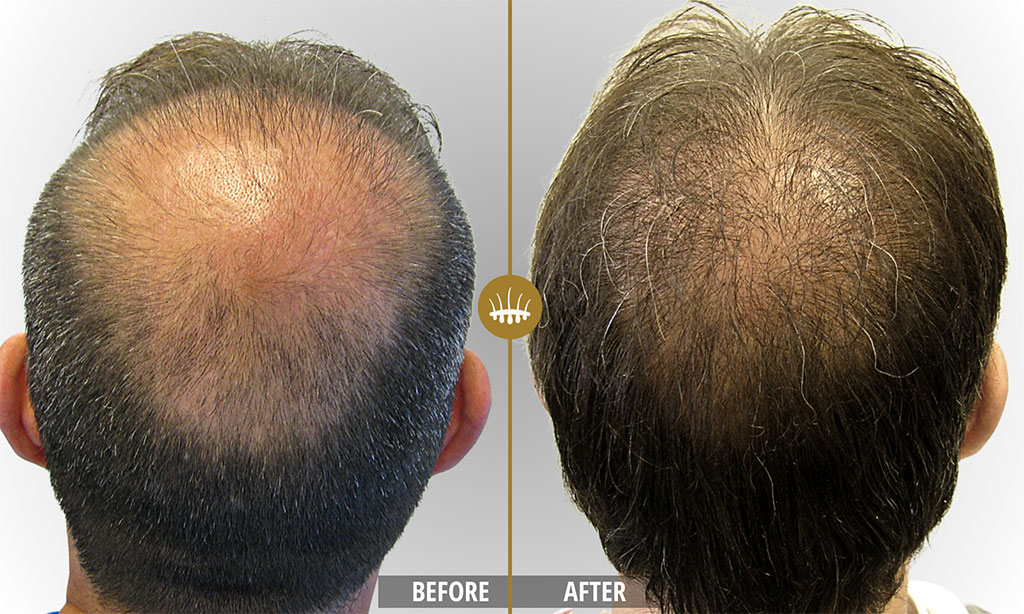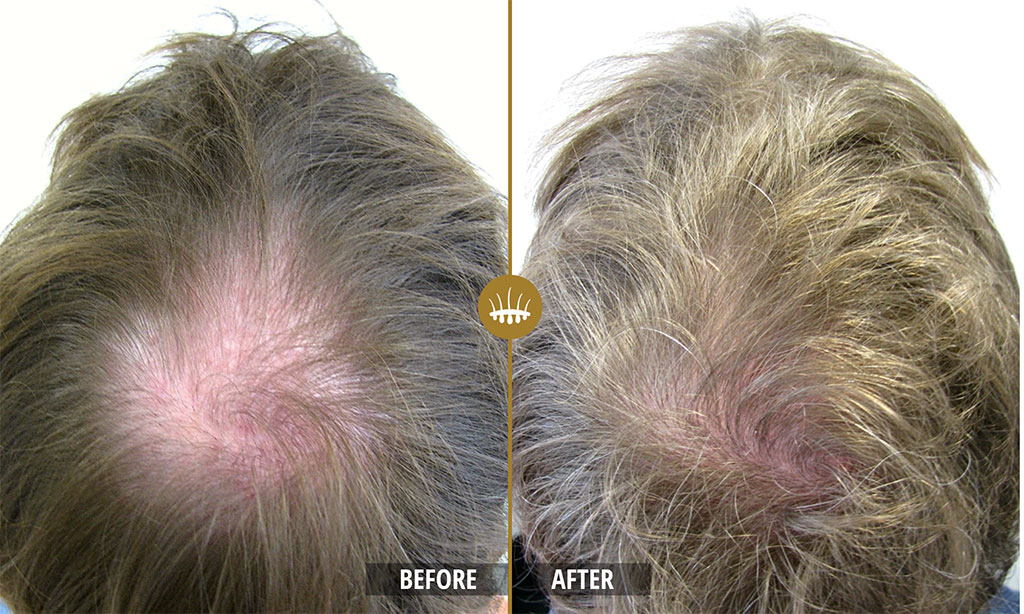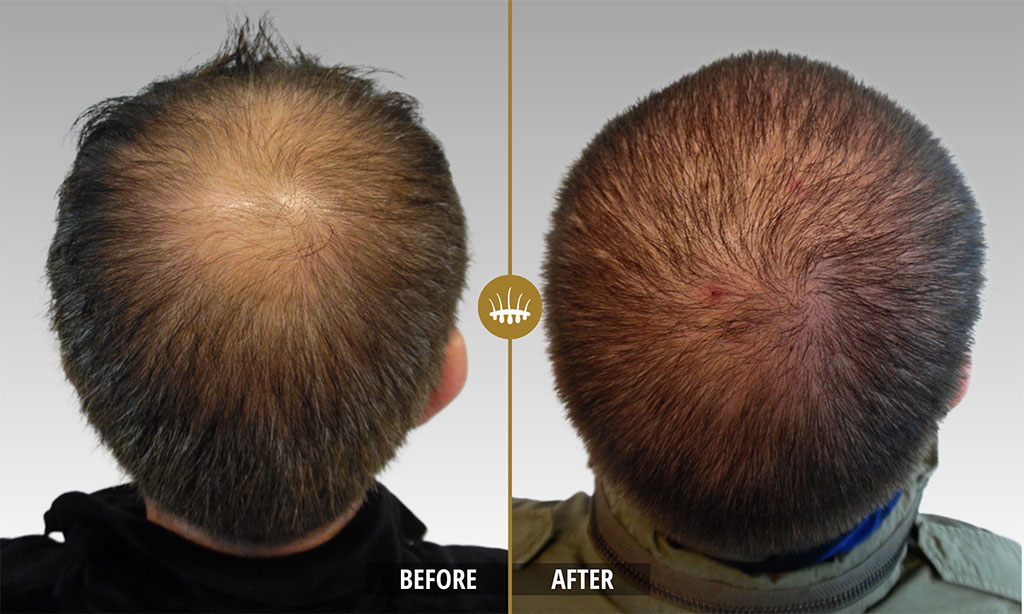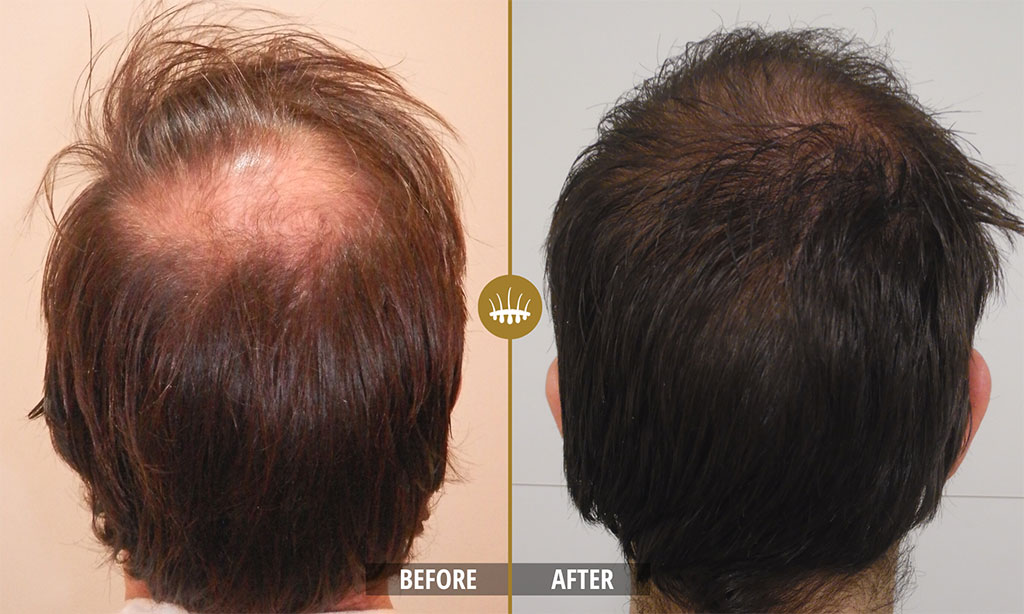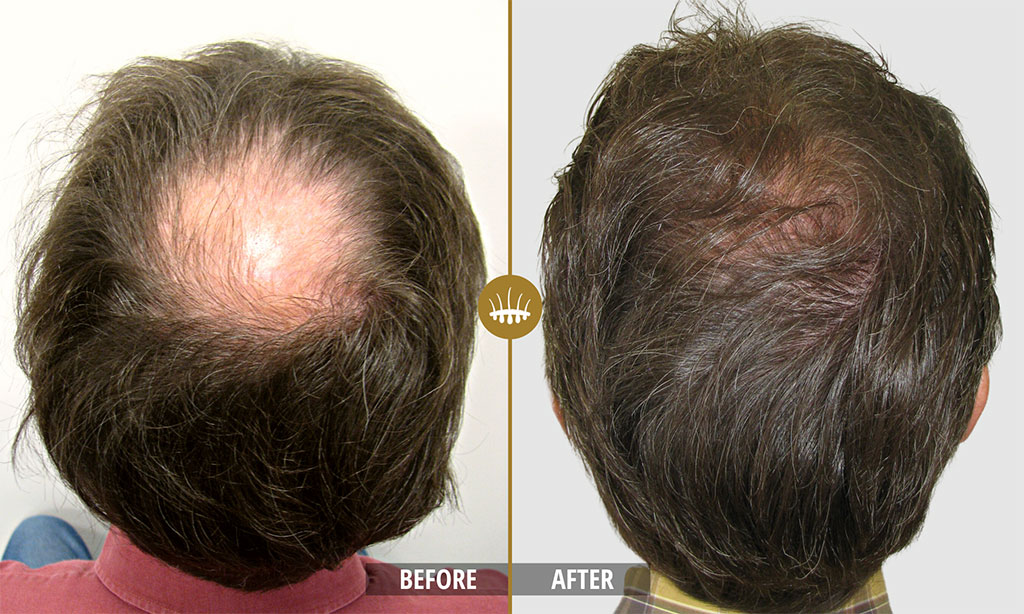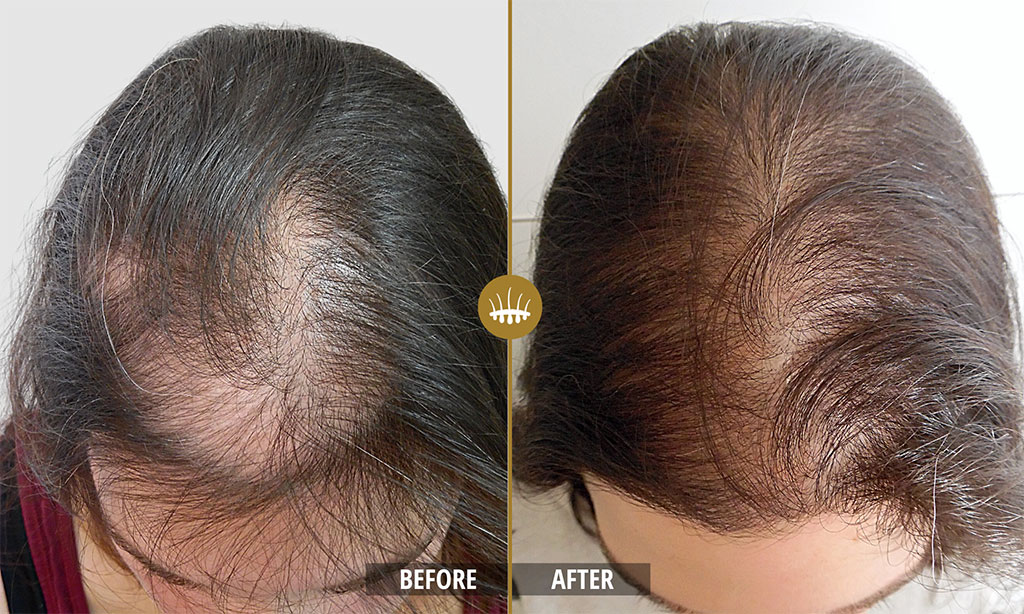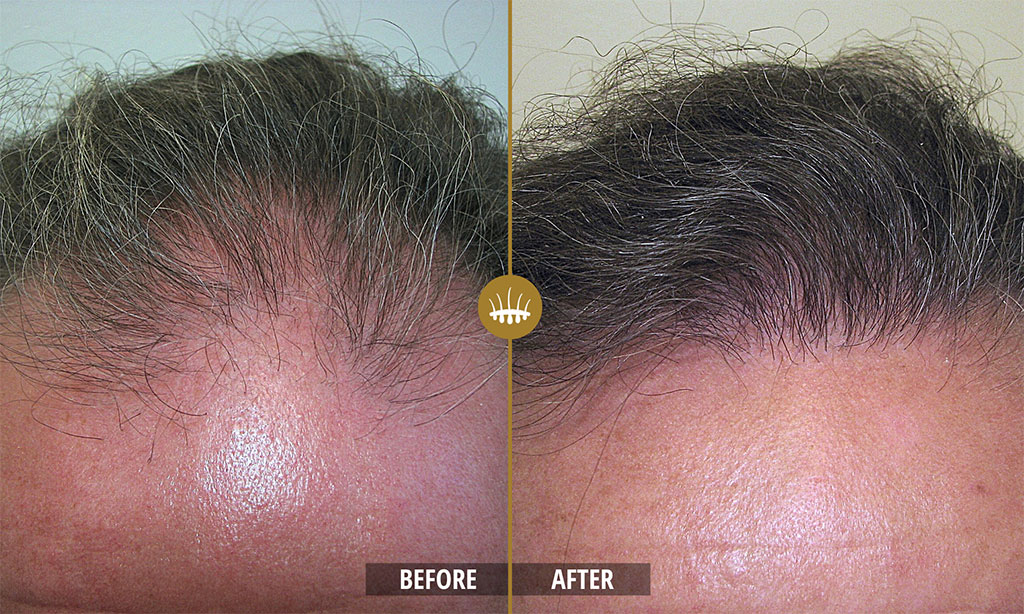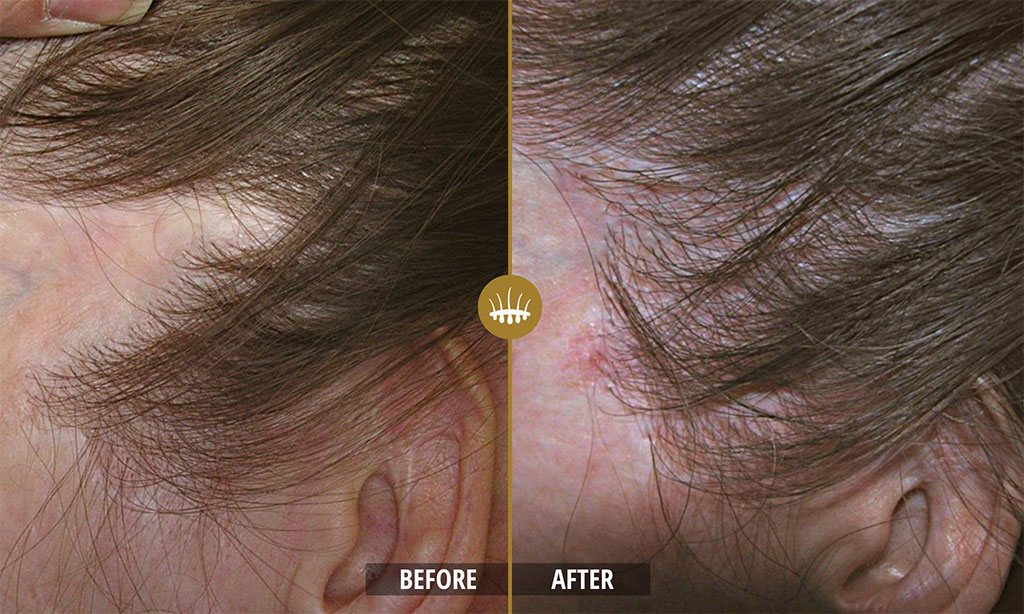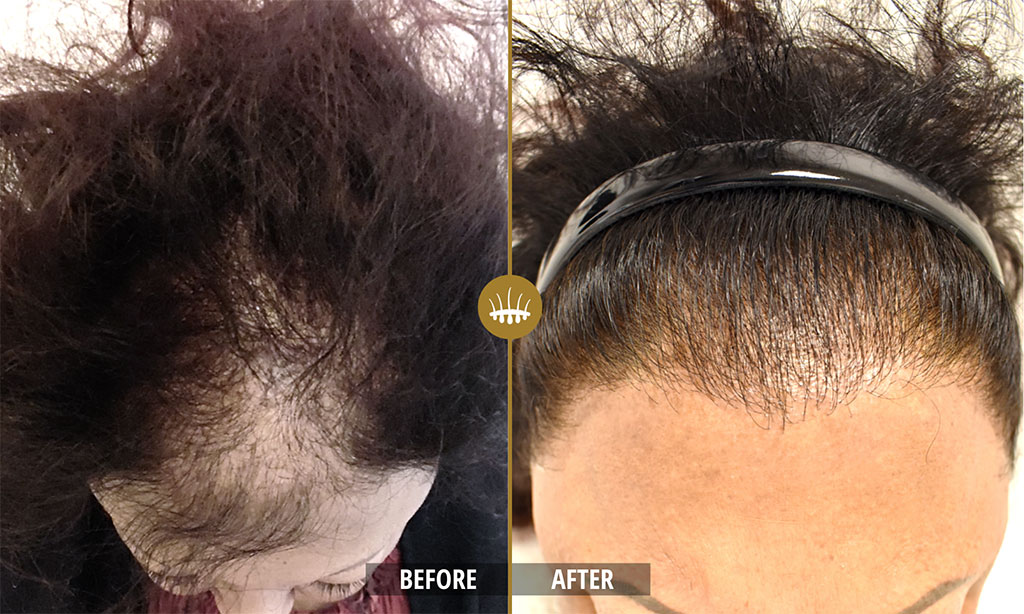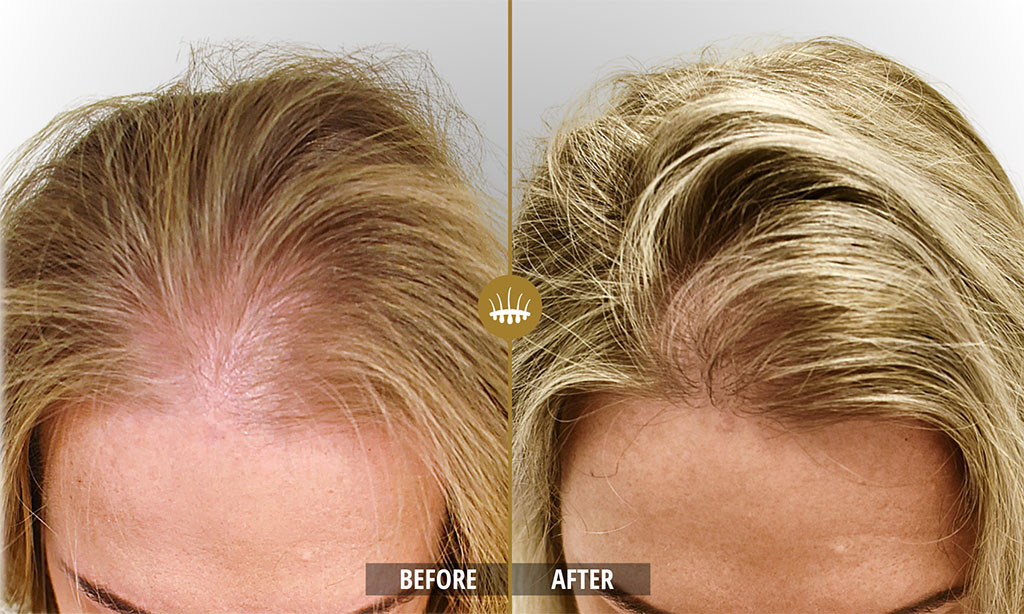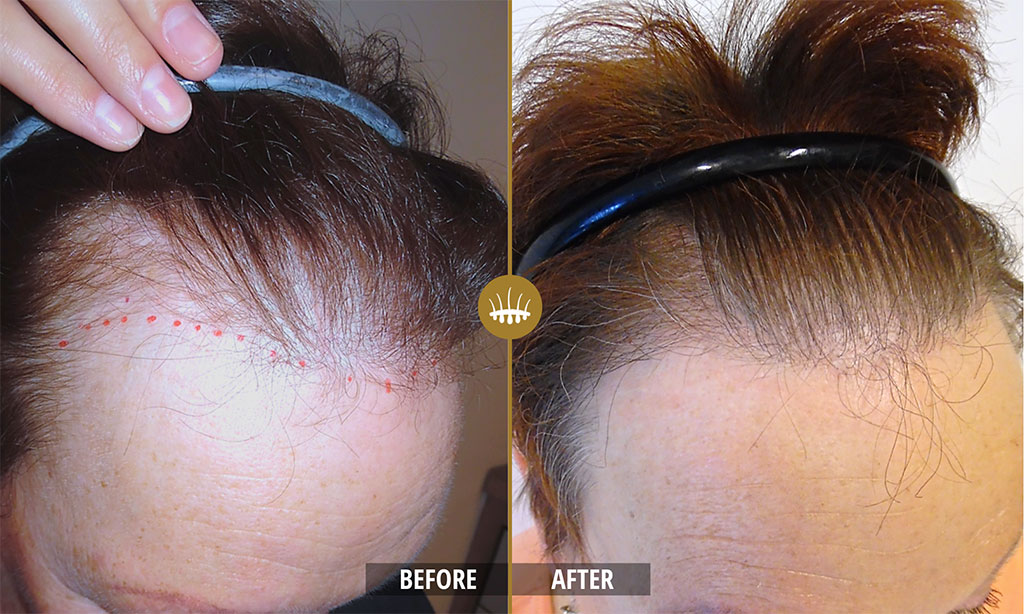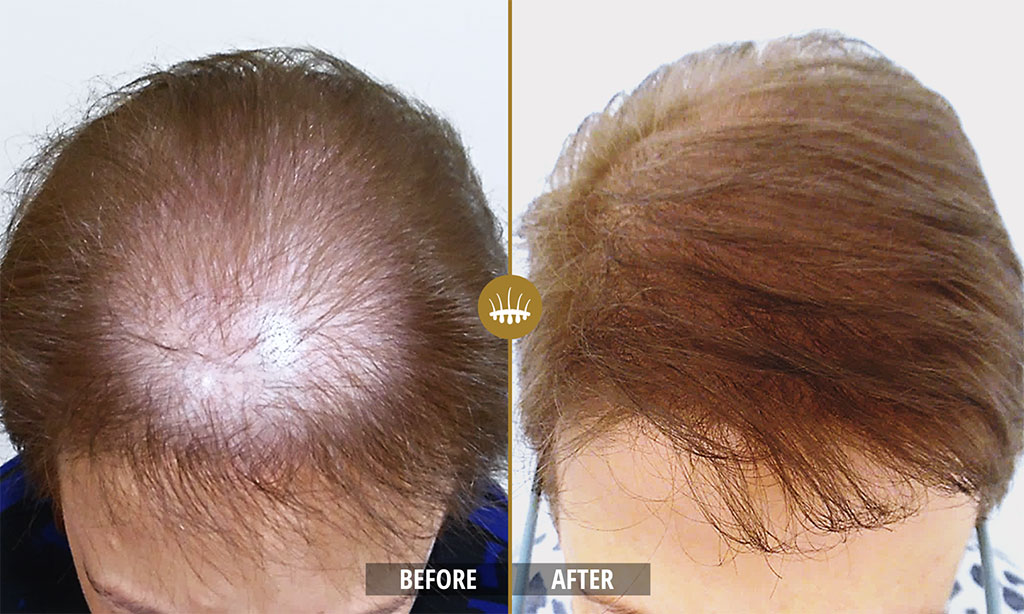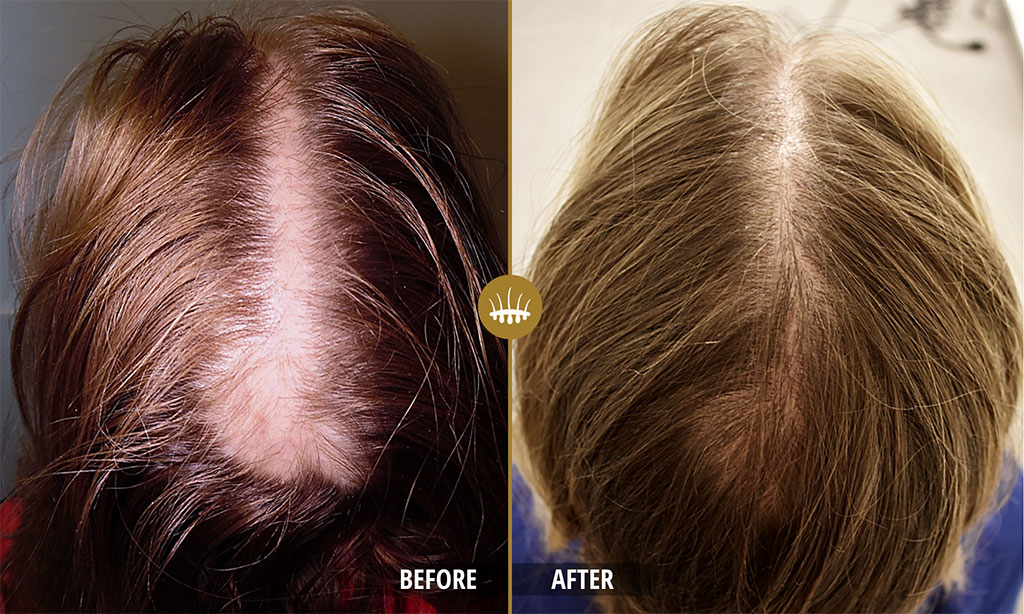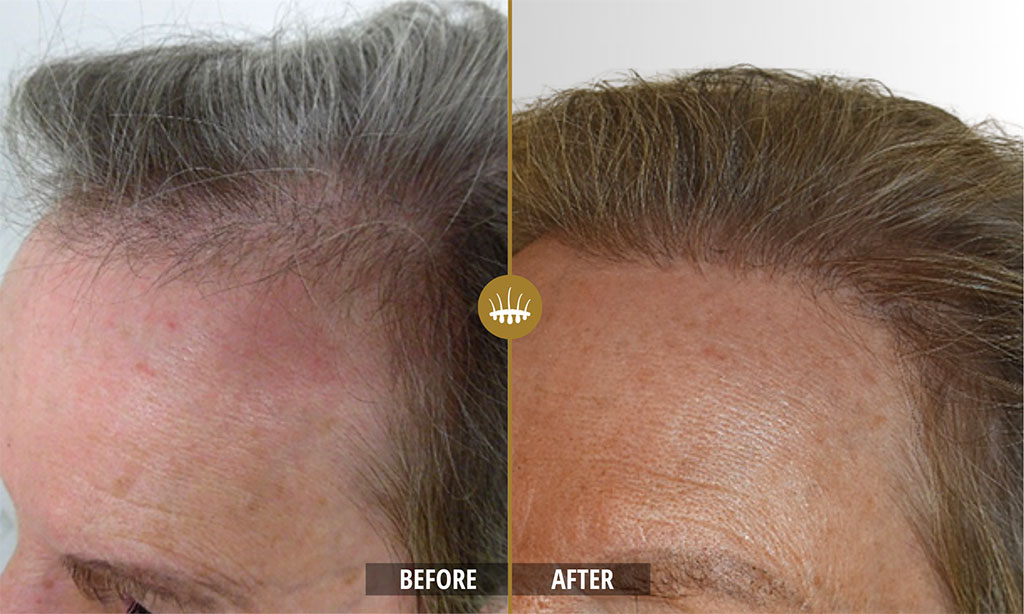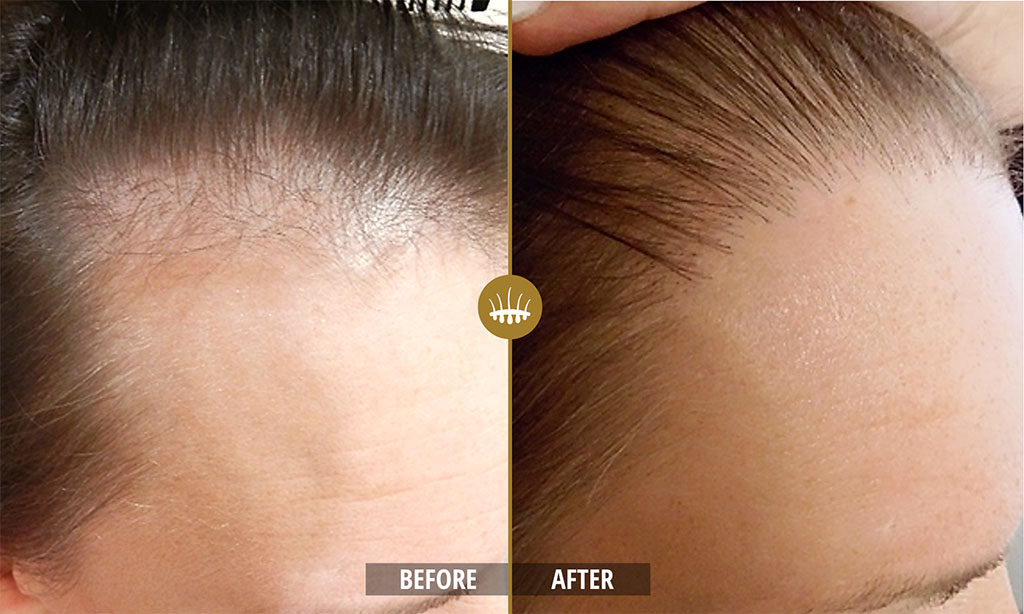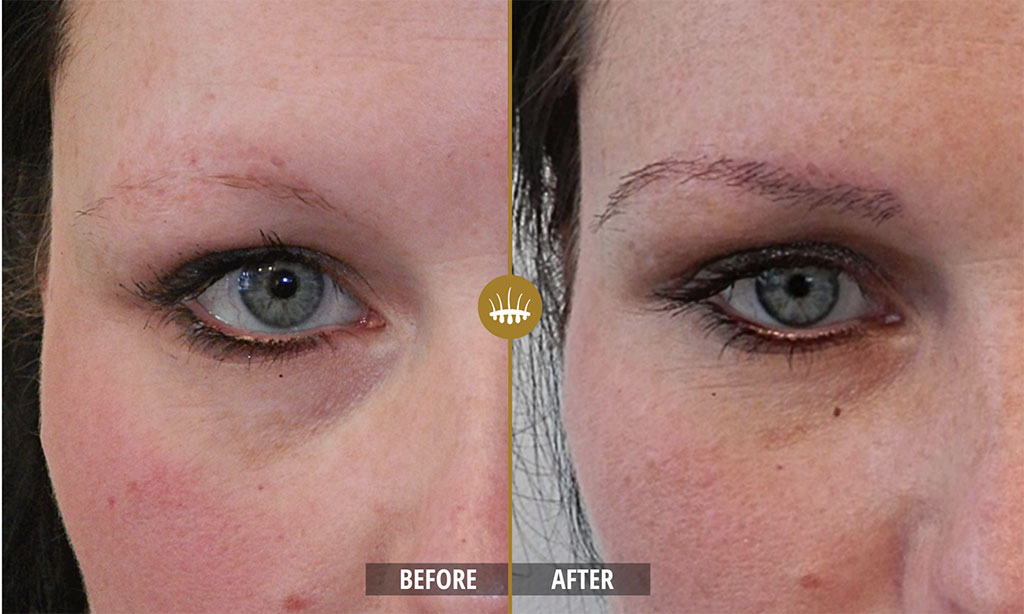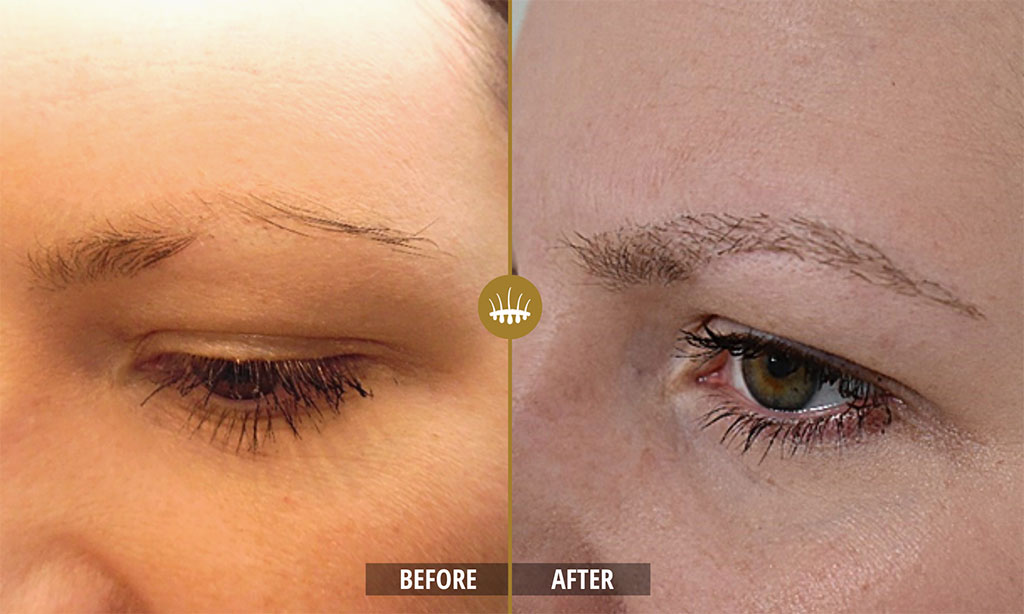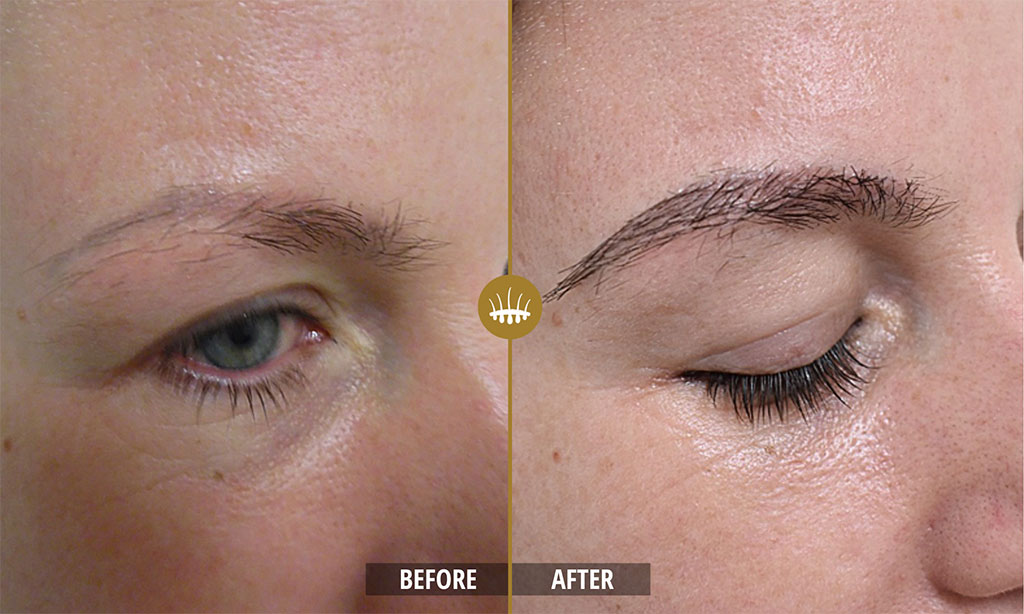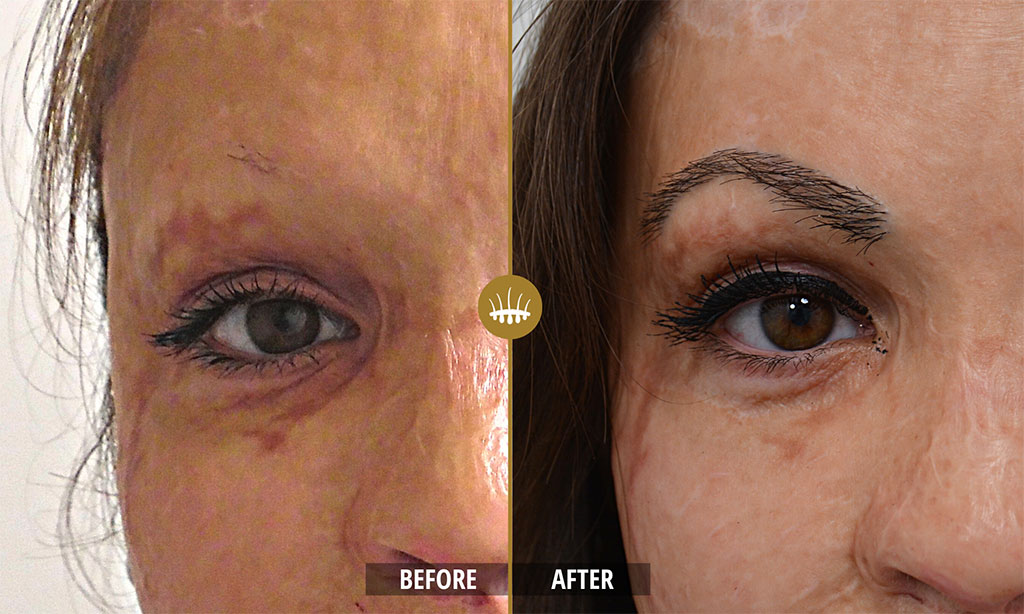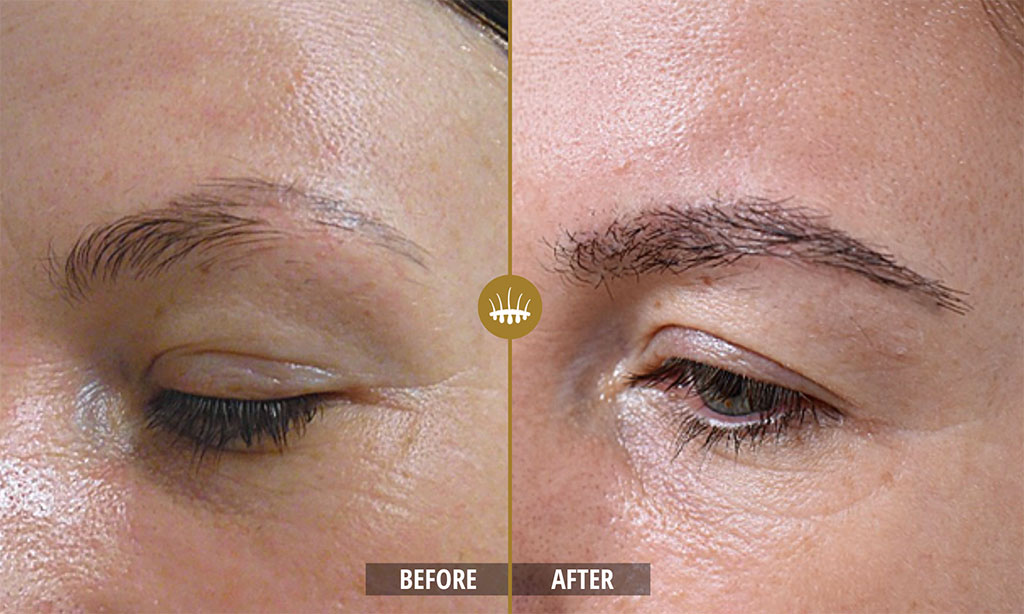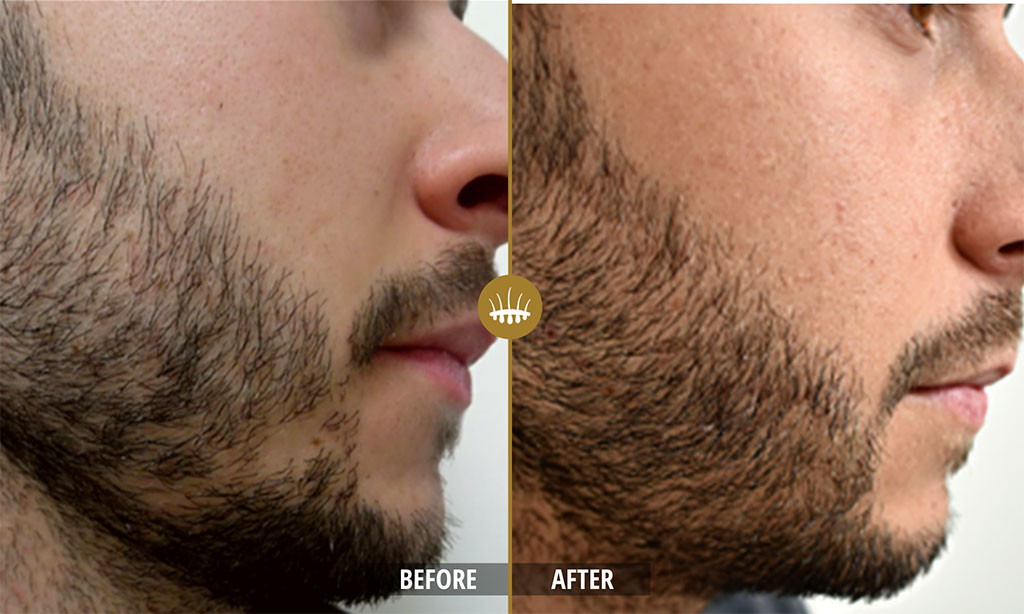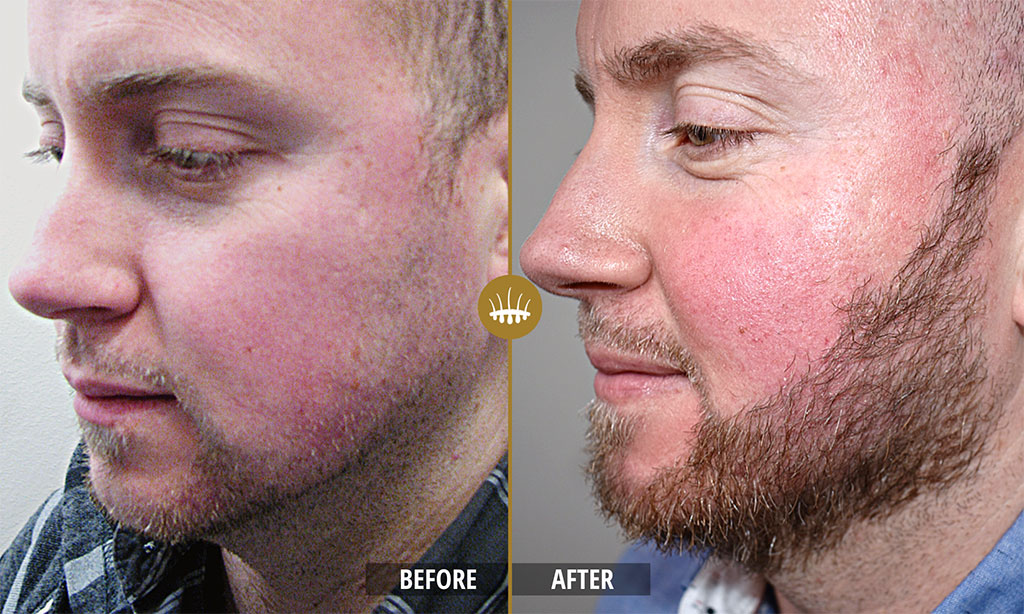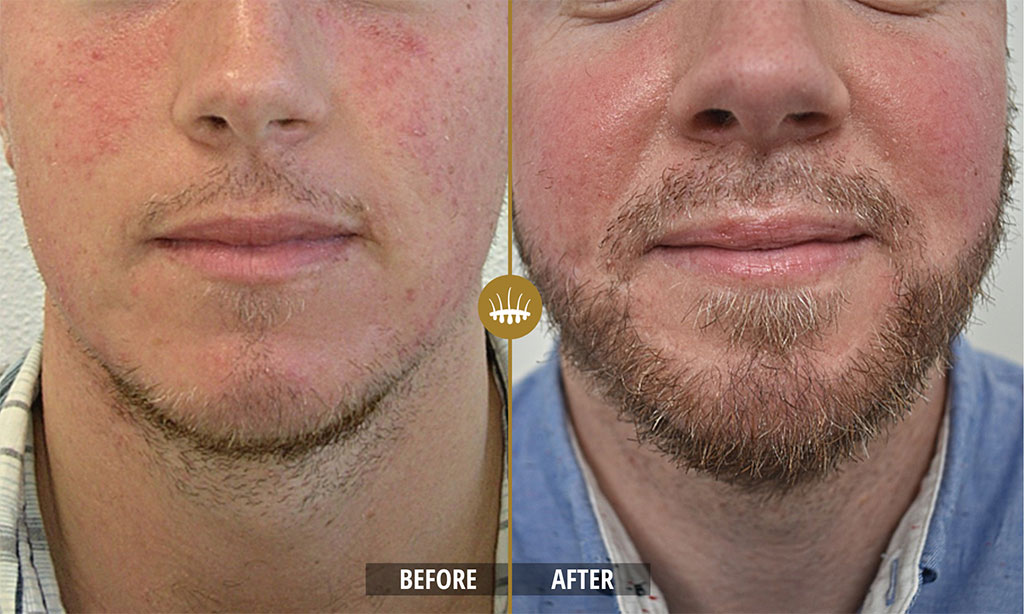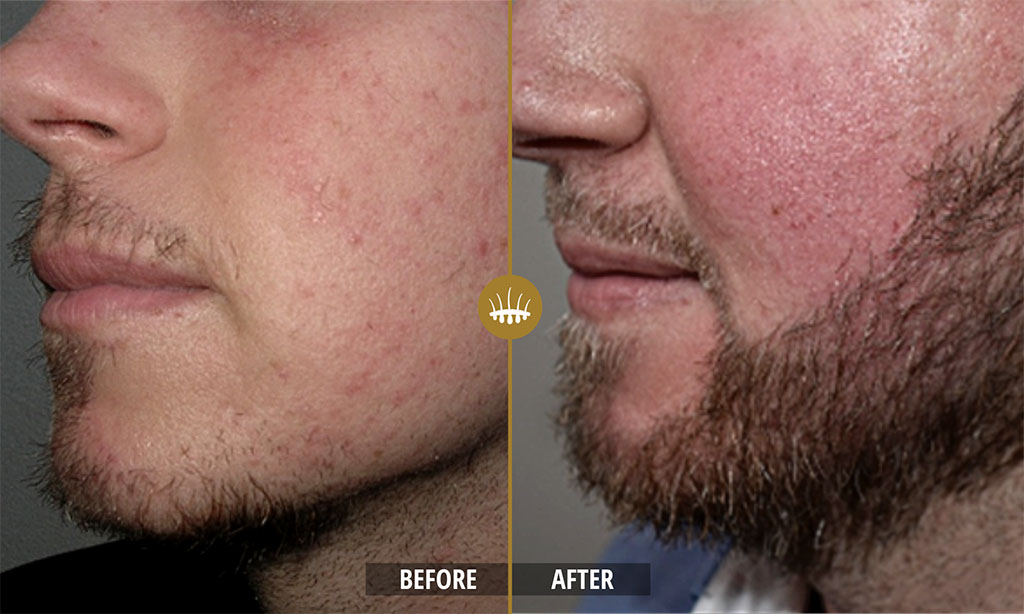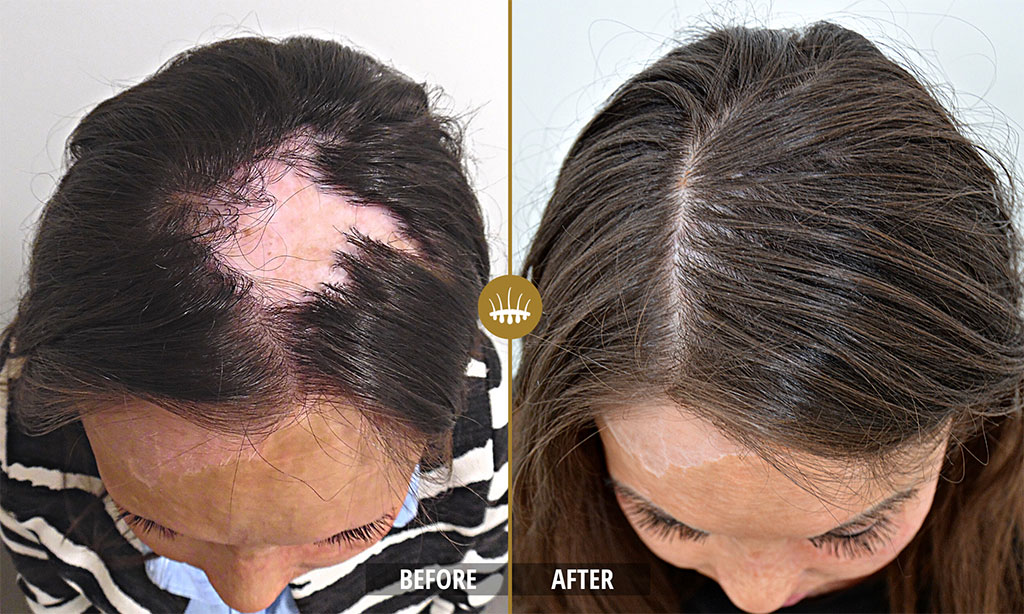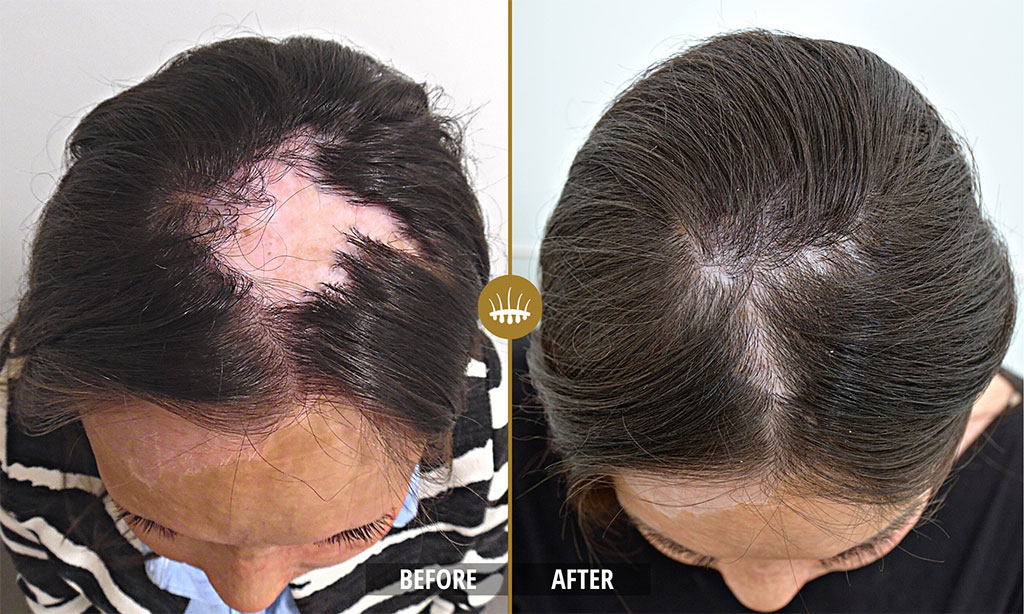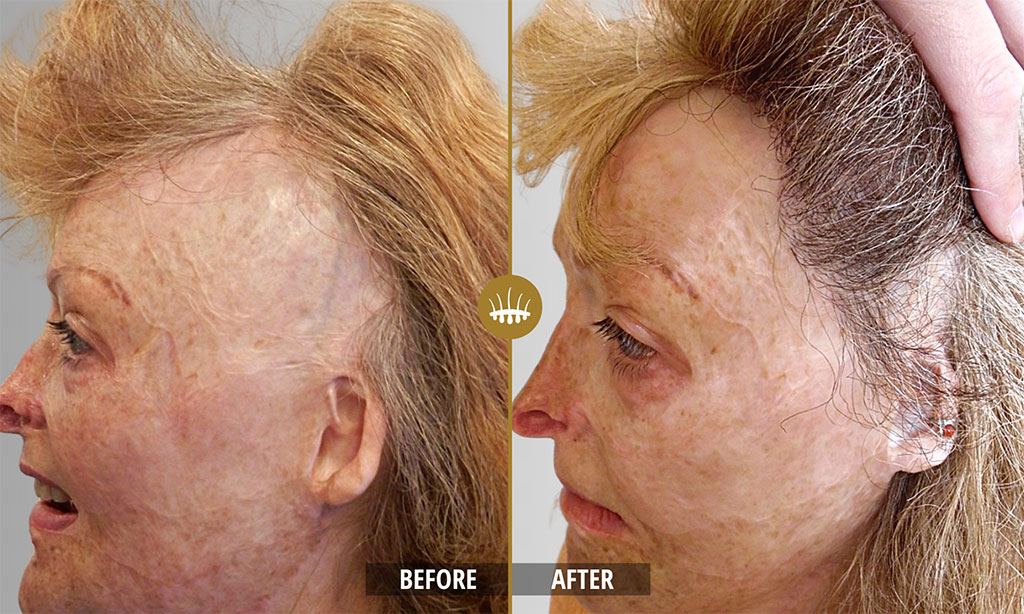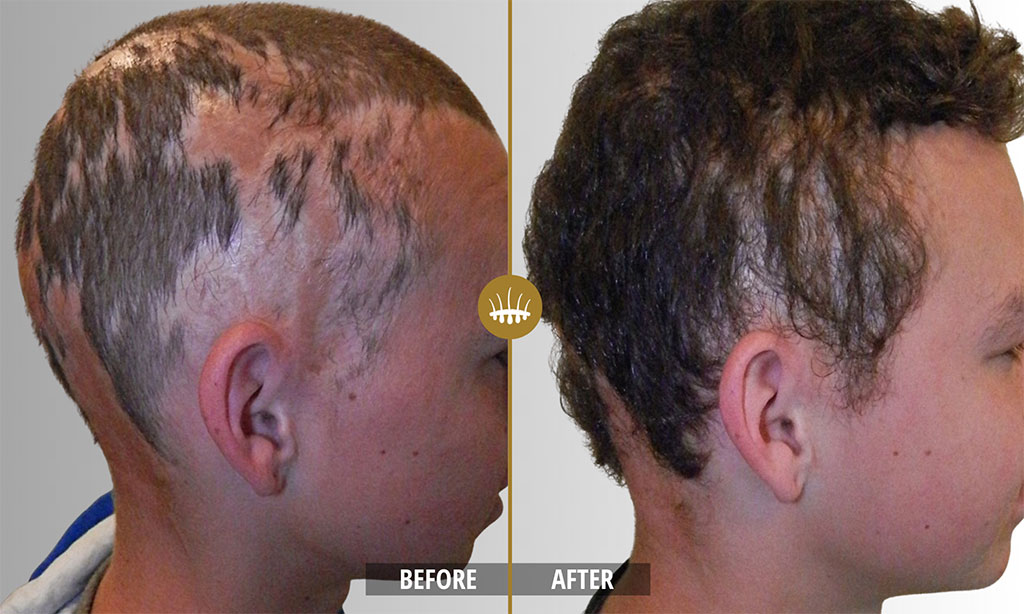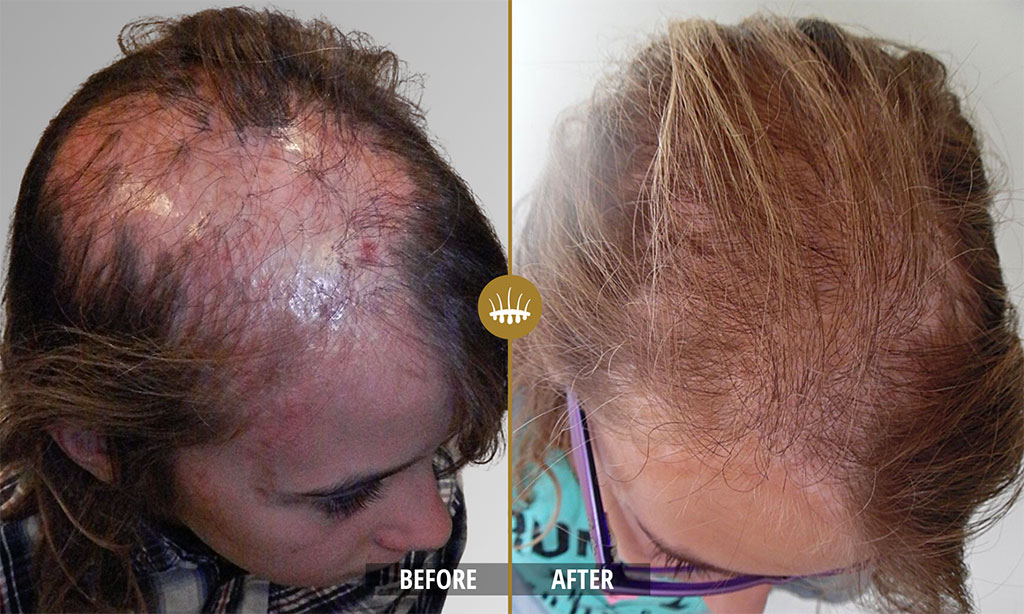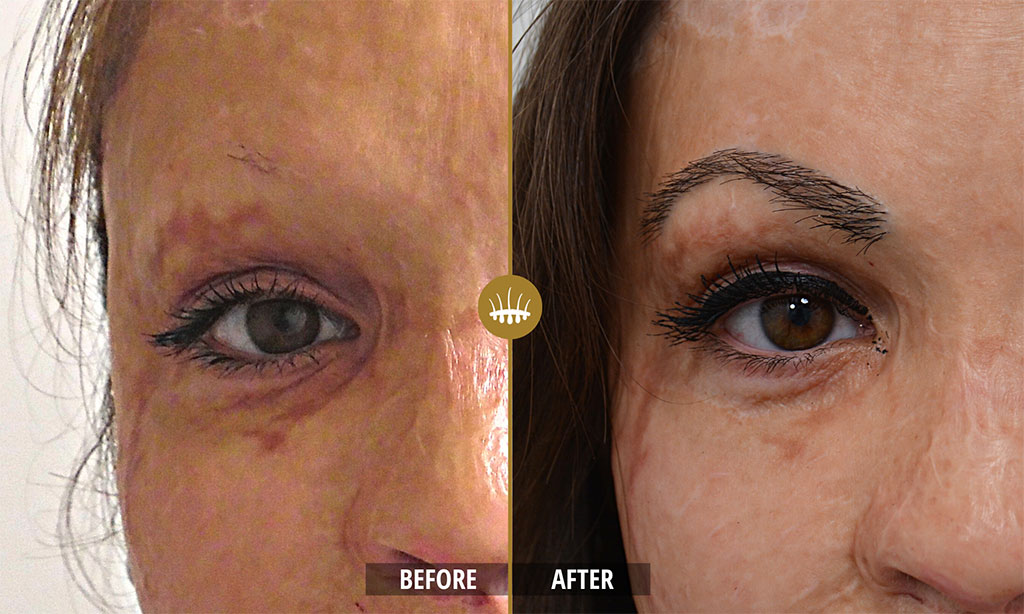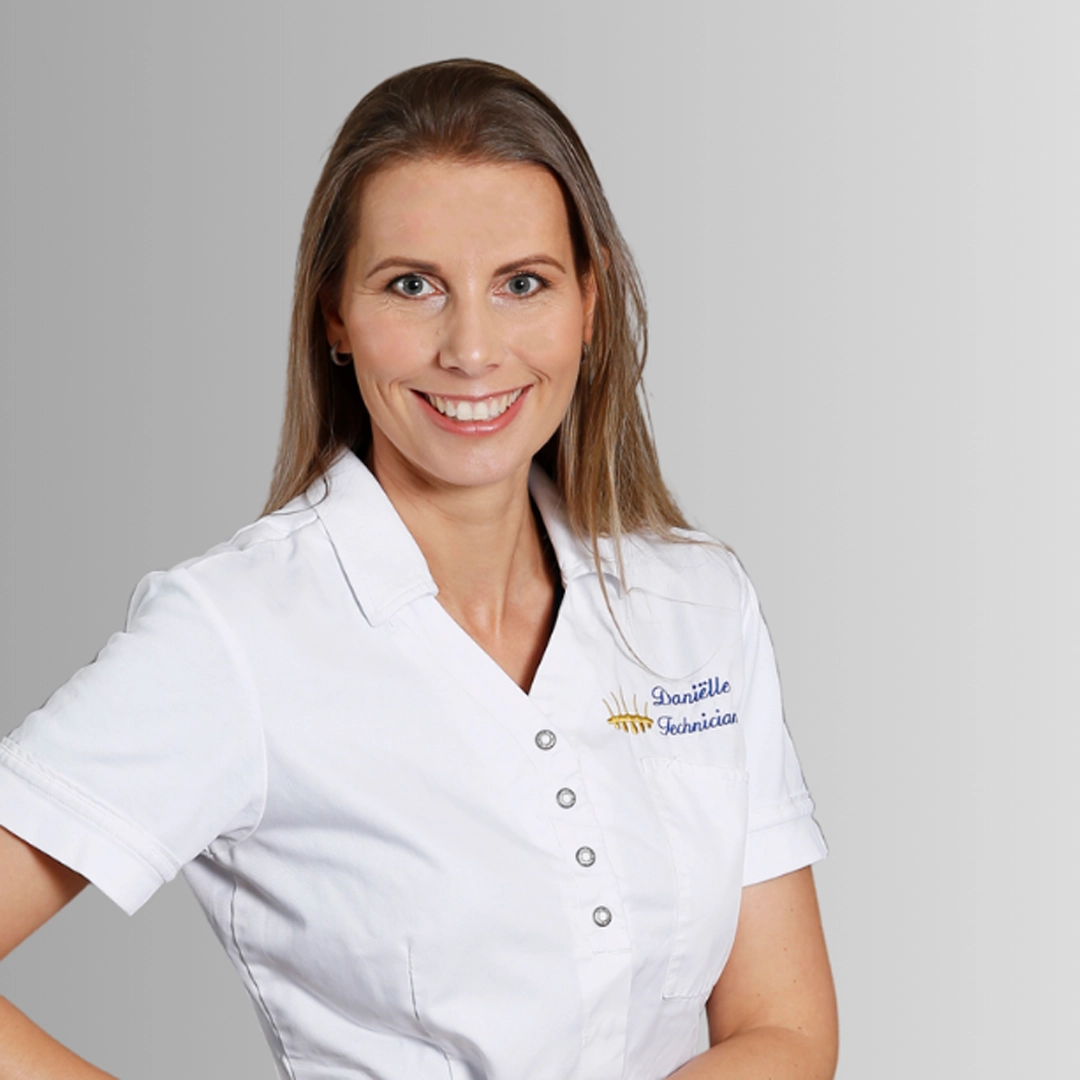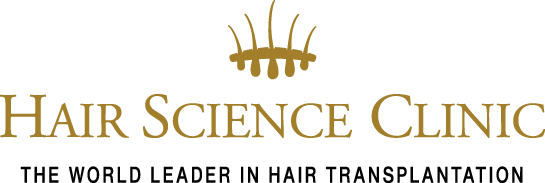The before photo is taken prior to the hair transplant procedure. It clearly shows the thinned and balding areas. The after photo is taken during the final assessment of the result, approximately 9 months after the procedure.
The photos illustrate the results achieved with the HST treatment. Both the before and after photos are included in your medical record. During the final assessment, you will have access to the photos and discuss the results with the doctor.
Yes, it is common for photos to be taken of the initial situation and the end result of the hair transplant. The photos are included in your medical record. In addition, treating specialists use the photos as a reference point, indicating their experience with applying the hair transplant technique. Naturally, we respect your privacy.
Comparison is always possible. To compare objectively, you don’t just look at the image itself but also consider the background information. How many grafts were transplanted, which technique was used, how much time has passed, and who performed the procedure are focal points that hold valuable information.
During the consultation with one of our specialists, we take ample time for you. We show you even more examples of results with HST that are relevant to your personal situation and preferences.
If you’re considering a hair transplant and want to understand the results you can expect, reviewing before and after photos is intriguing. The photos illustrate how a thinning hairline and deep receding hairlines regain new hair growth after the procedure. Furthermore, you see how natural the results of an HST treatment are and that there is no difference in hair growth. The natural structures remain preserved.
Medical records and data are legally required to be retained for a minimum of 15 years.
Most hair clinics pay little attention to the period between the before and after photos. Given that this spans a period of over 9 months, it’s often genuinely interesting for you to witness the developments. Online, there are forums, personal blogs, and vlogs where people share images right after the procedure and document the progression of hair growth. Observing these visuals provides you with a realistic understanding of the recovery process. After all, you don’t immediately have a full head of hair right after the procedure is completed.
Not everyone grants permission to use their photos for publication purposes. During the non-obligatory consultation at the clinic, you will have the opportunity to view more before-and-after photos of HST treatments that are relevant to your situation and preferences. These are often different images from those found online.
A good preparation is also part of the ultimate result in the case of an HST treatment. By looking at before-and-after photos of hair transplants, you’ll know what to focus on and what questions to ask during the non-obligatory consultation. Additionally, also review photos of the intervening period so that you understand what to expect in terms of hair growth progression and that you won’t immediately have a lush head of hair.
Much is possible through good communication. If you would like to have photos taken during the treatment, you can discuss this during the initial consultation. You will need to bring your own smartphone and/or camera to take the photos. It’s important to note that these photos will not be included in the medical record and will solely belong to you.
Yes, both domestic and international photos of hair transplant results are valuable. This way, you can observe how a clinic operates and what outcomes are achieved. The quality and experience of clinics can vary significantly, especially internationally. You can use the images as part of a comparison or to prepare for your own hair transplant.
No, online you can find numerous photos of treatments at clinics with less favorable outcomes or even failed hair transplants. Photos of disappointing results are informative; they protect you from attractive sales pitches and caution against choosing solely based on price. A cheap hair transplant can sometimes cost you dearly.
In principle, the before-photos are taken on the day of the hair transplant. Prior to the procedure, the treatment is briefly discussed, and the photos are taken. Depending on the treatment, multiple photos can be taken.
Sure! It’s always possible to share the photos you take after the treatment, showing the progression of hair growth. We’ll discuss and decide together whether we can use the photos for publication purposes.
The number of hair follicles used and transplanted varies per person and situation. When you look at hair transplant before and after photos, often the number of grafts transplanted during the procedure is mentioned.
Yes, the before photo shows how the hair and/or scalp look before the hair transplant. The after photo is usually taken 10 to 12 months later and demonstrates how the hair growth has developed in previously thinning or bald areas.
Yes, it’s perfectly possible to let your hair grow after a hair transplant. You can see this in hair transplant before and after photos as well. The only factor that determines how long you let your hair grow is your personal choice when you visit the hairdresser.
Yes, online you can find numerous examples of well-known individuals who have undergone a hair transplant. Gerard Joling, Jan de Hoop, Frans Bauer, and Bridget Maasland have preceded you at Hair Science Institute.
A healthy hair grows on average about 1 cm per month. Hair growth is a natural process that cannot be influenced or sped up. If you wish, you can consider discussing the use of a hair growth product with the specialist. However, do this only a few weeks after the hair transplant.
Clinics and specialists place great importance on your privacy. Not everyone wants their hair transplant before and after photos to be displayed by the clinic that performed the procedure. This is why some clinics may use the same images. When you have a consultation at a clinic, you may see photos of procedures carried out by that clinic. We only use photos of our own results.
No, the before and after photo is a snapshot in time. The photos are taken for inclusion in your medical record. This is done both in clinics in the Netherlands and abroad. The way the photos are handled can vary from clinic to clinic. You can ask in advance about what will happen to the photos and whether you give permission for them to be used or not.
Private photos on forums and in blogs sometimes show how someone recovers from the procedure. Three to four weeks after the hair transplant, the transplanted hairs fall out. Online, you can find photos taken during this period. These images are often followed by photos showing new hair growth becoming visible.
Yes, although these photos are not always as readily available as pictures of successful procedures. Hair clinics that perform corrective procedures and individuals who share their experiences in a blog do show these photos. You can see how the hairline has an unnatural appearance.

